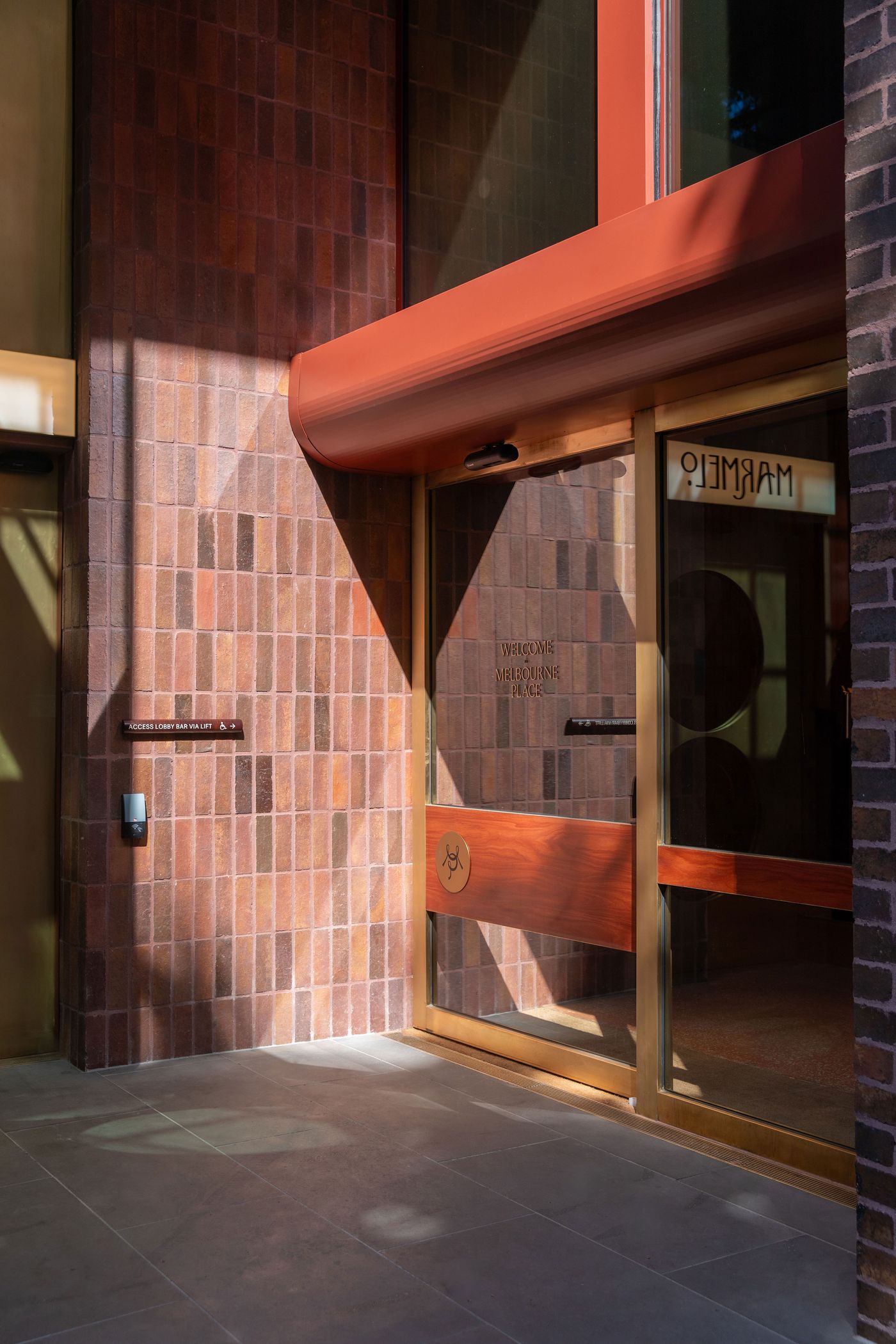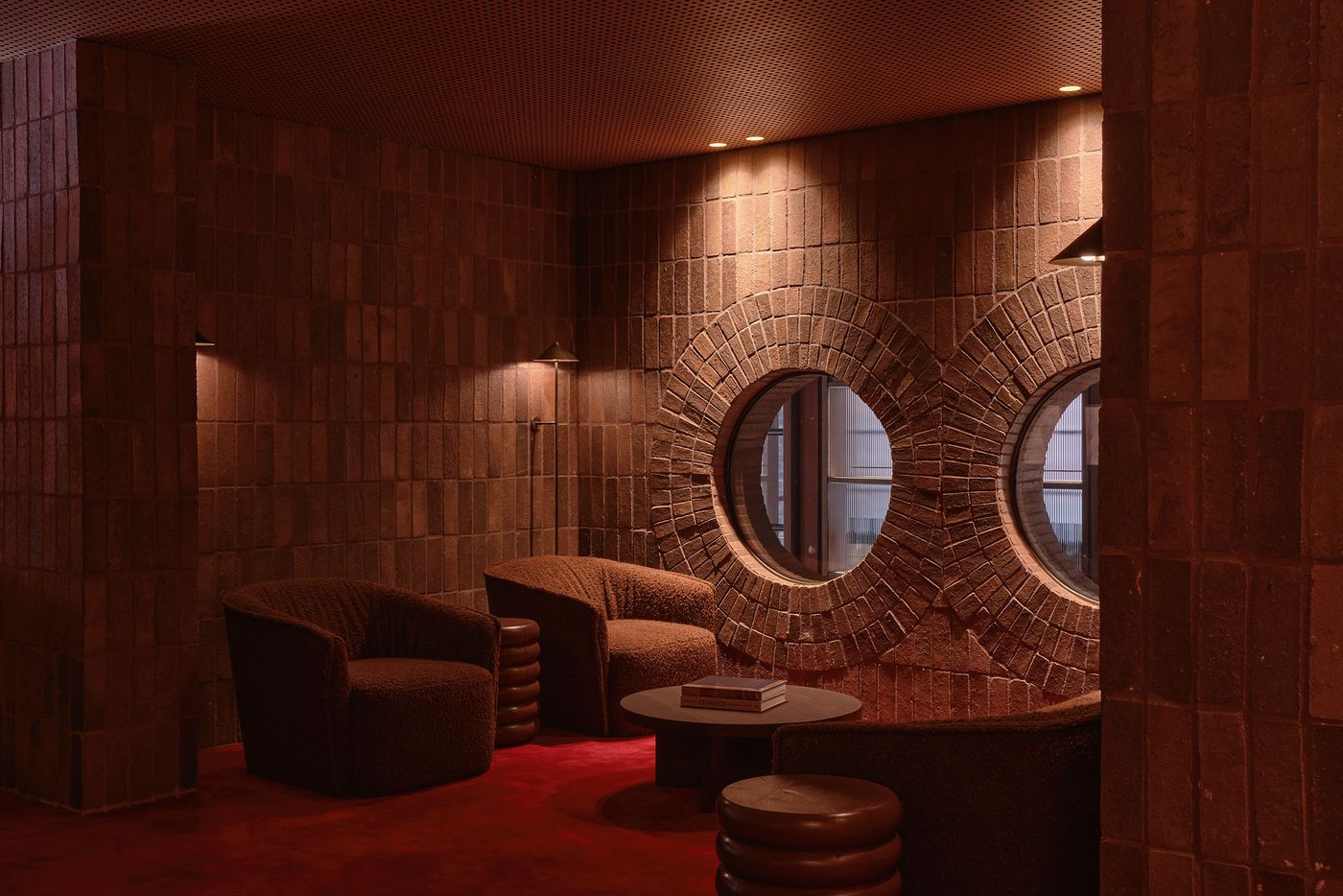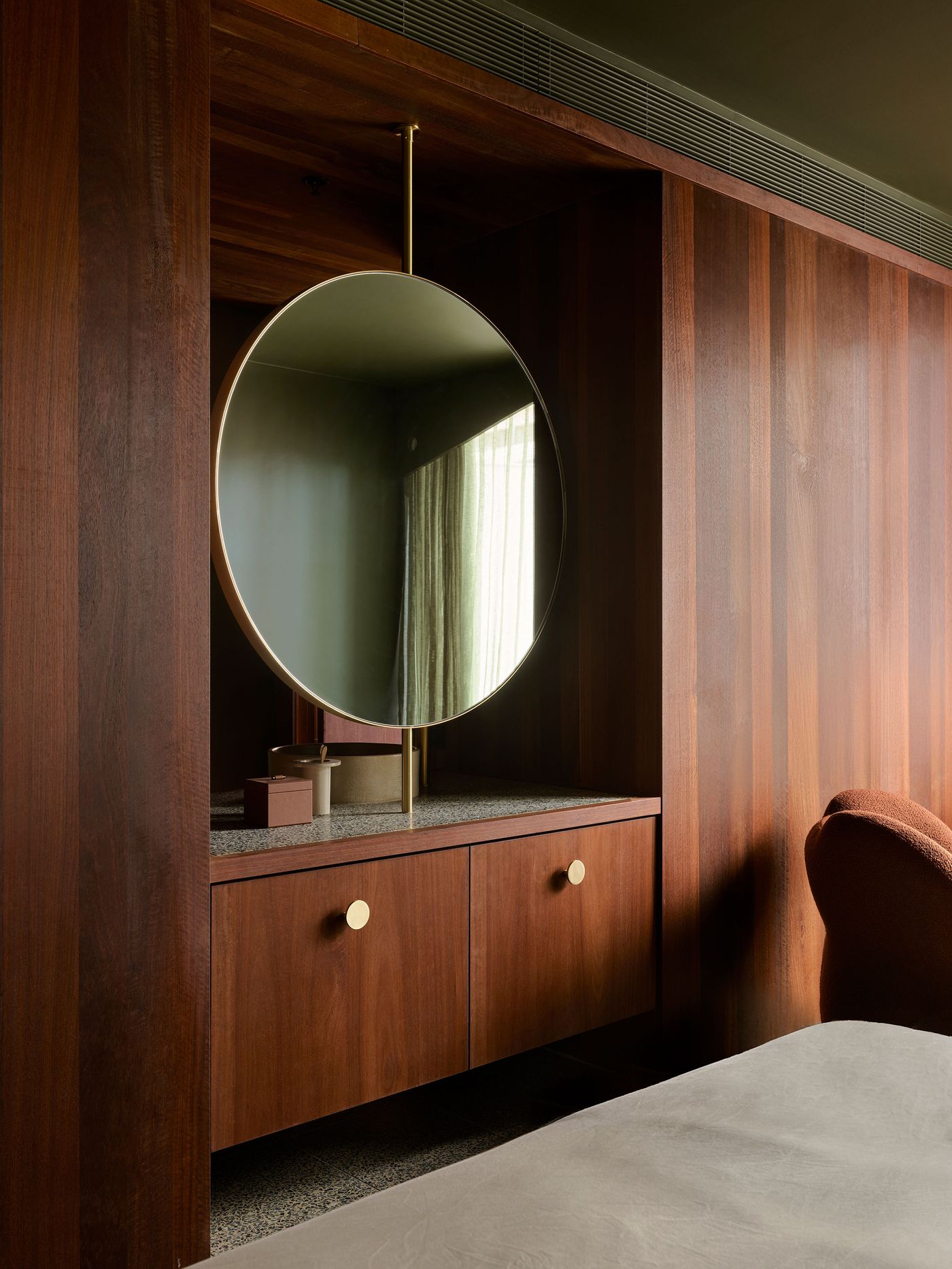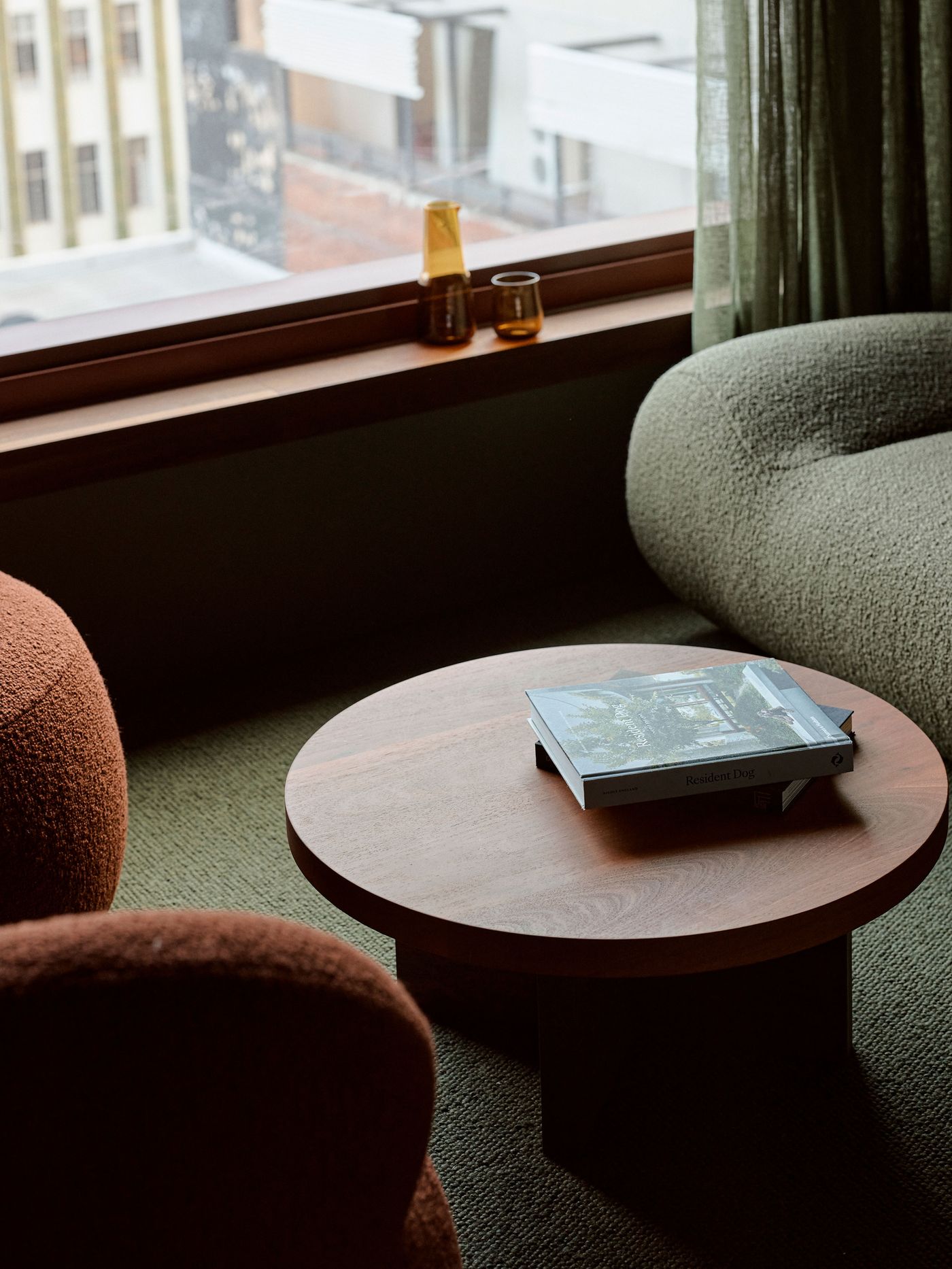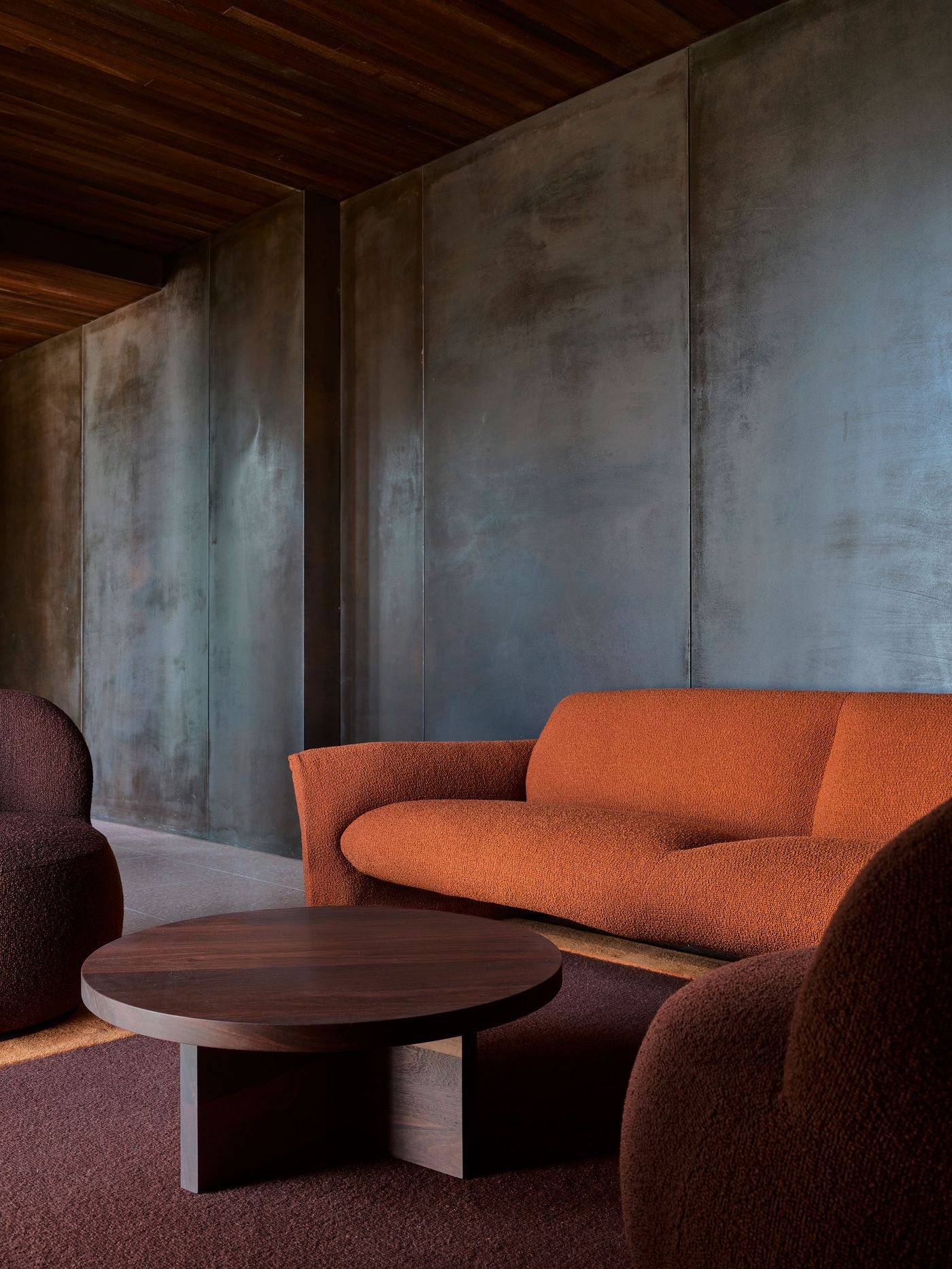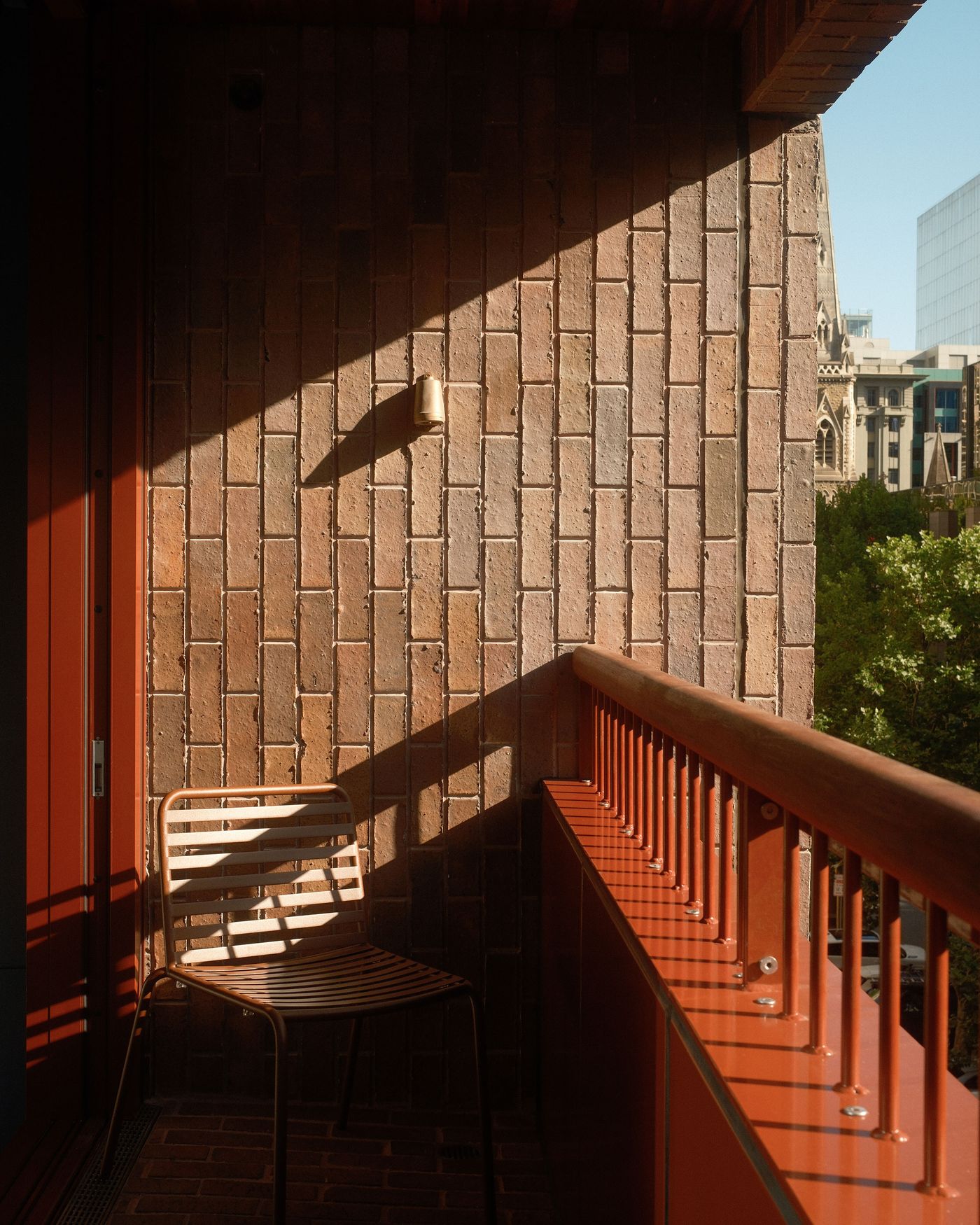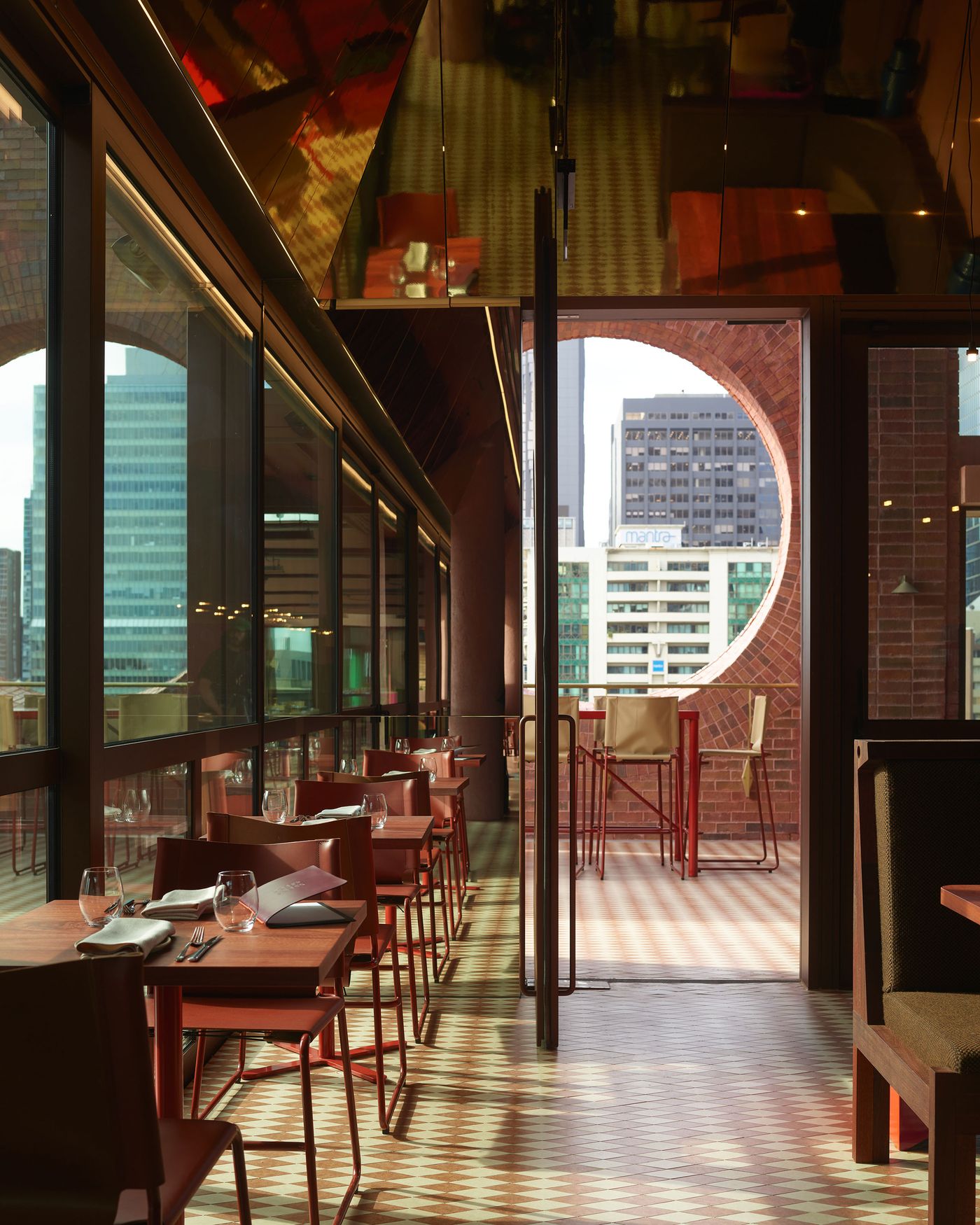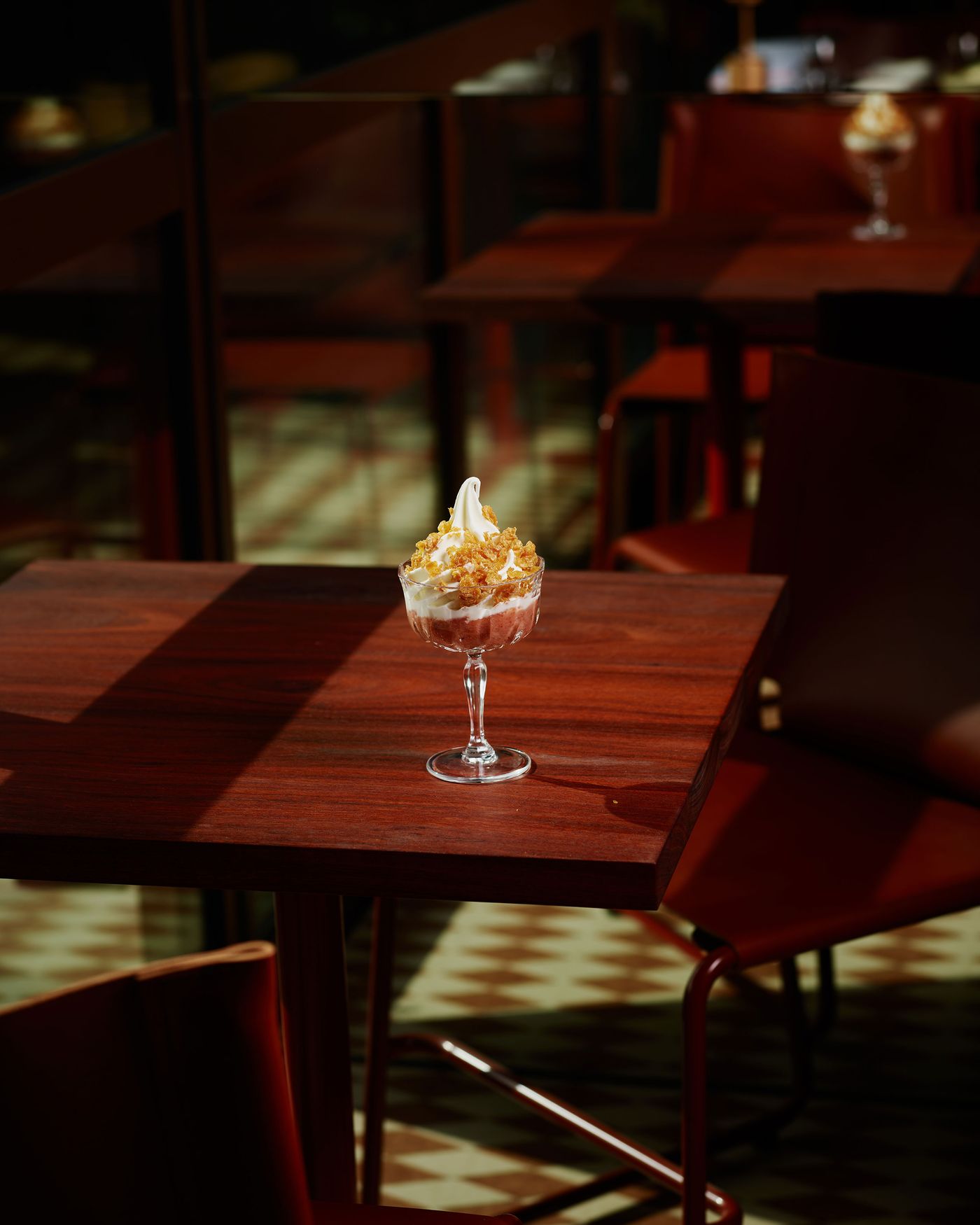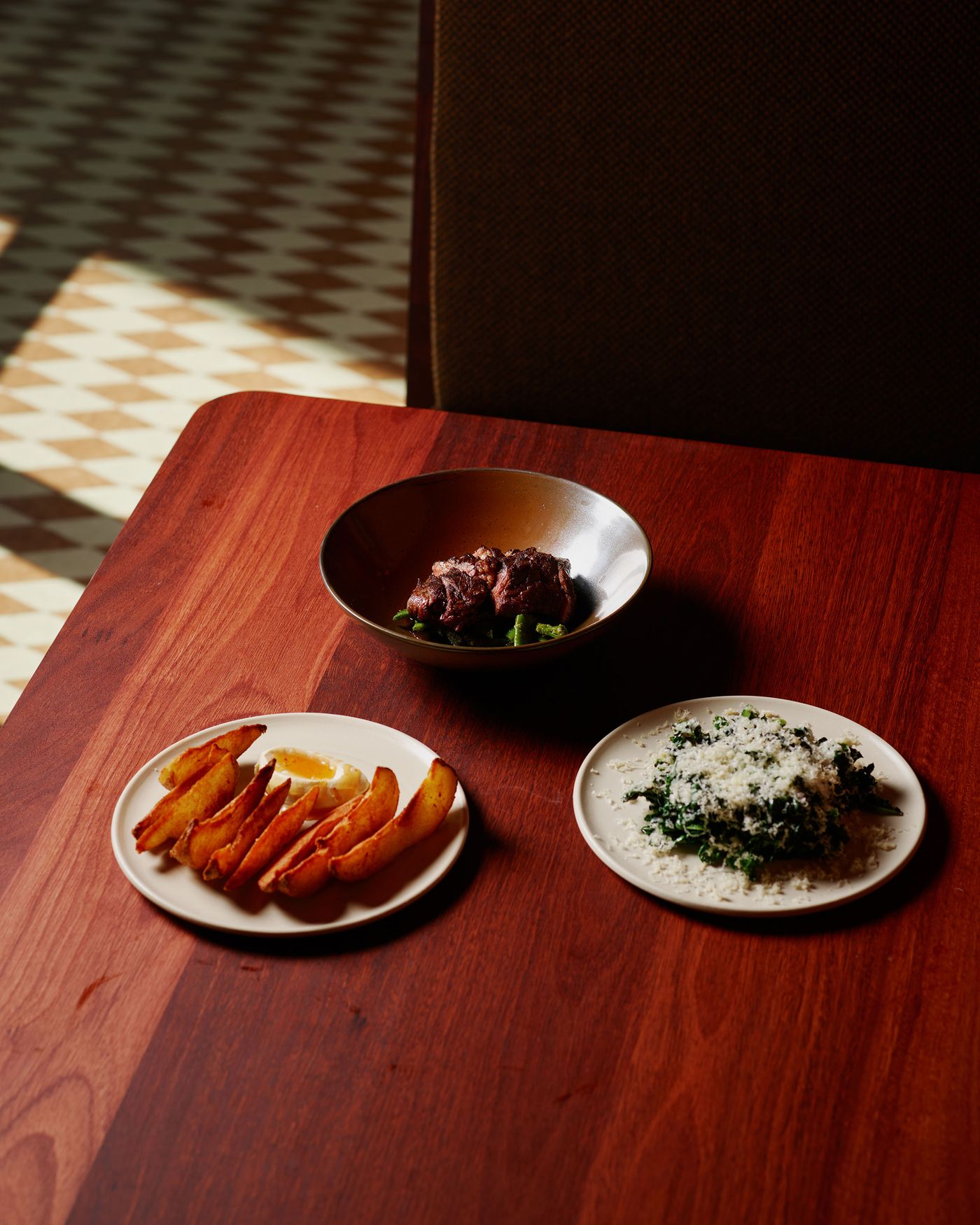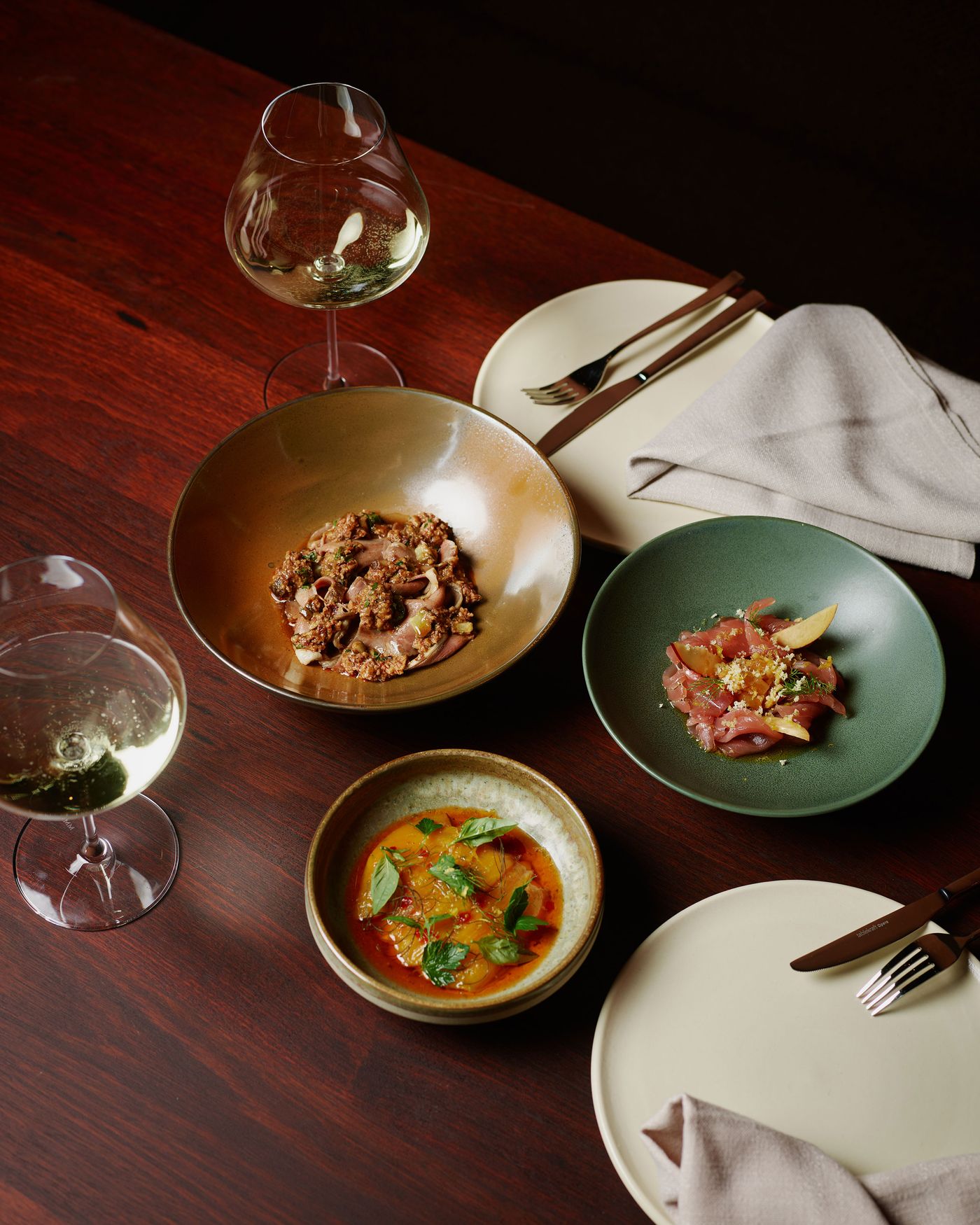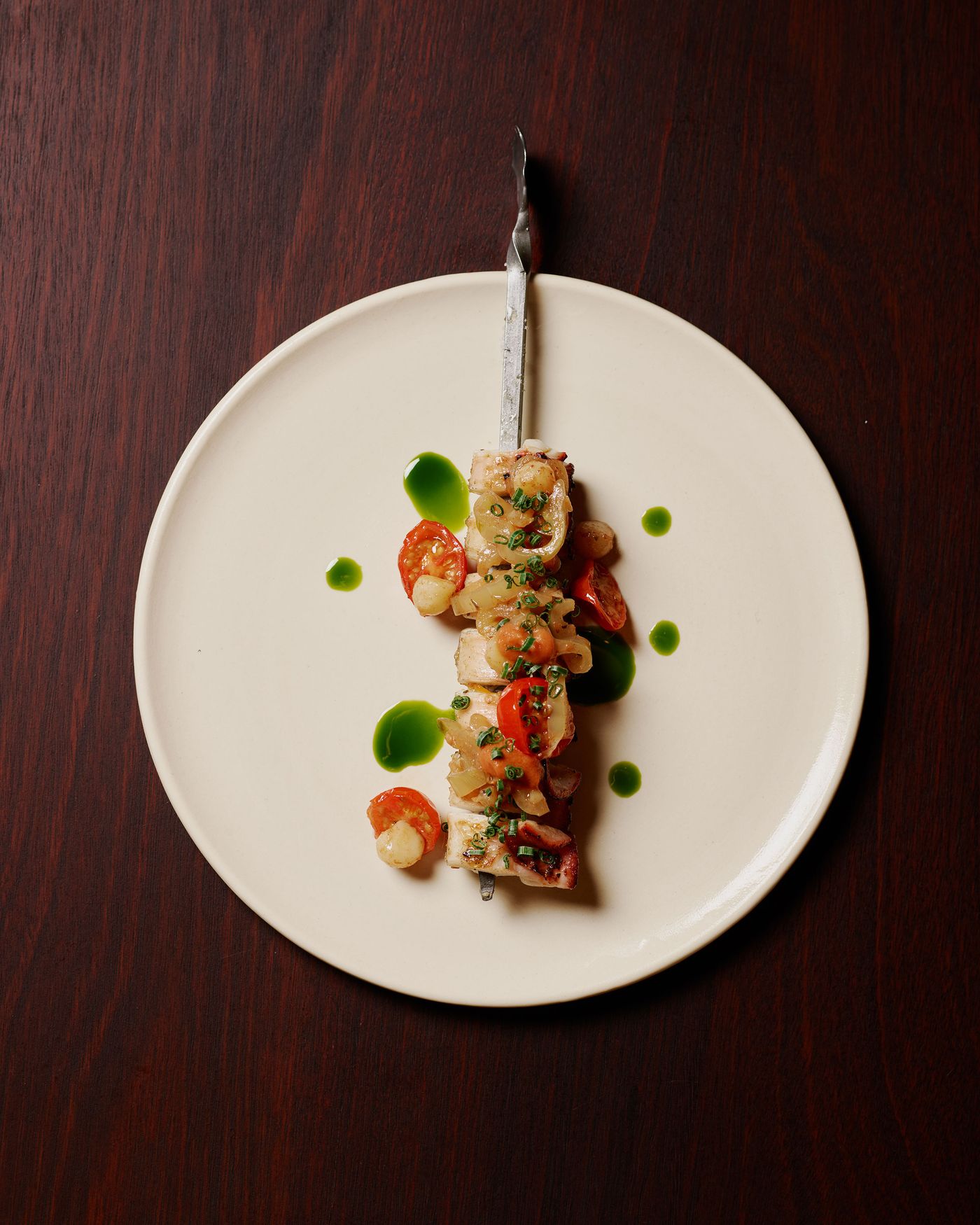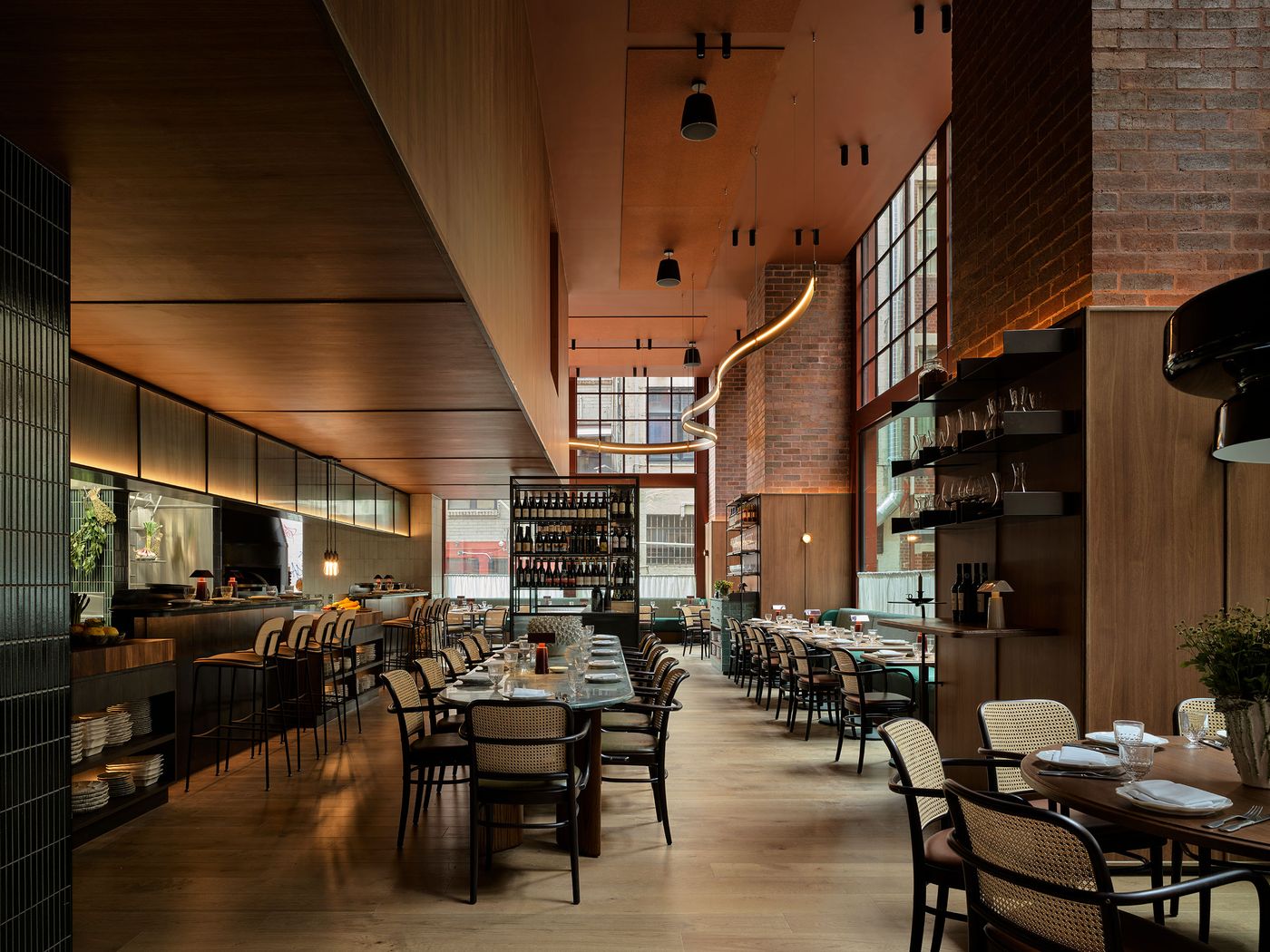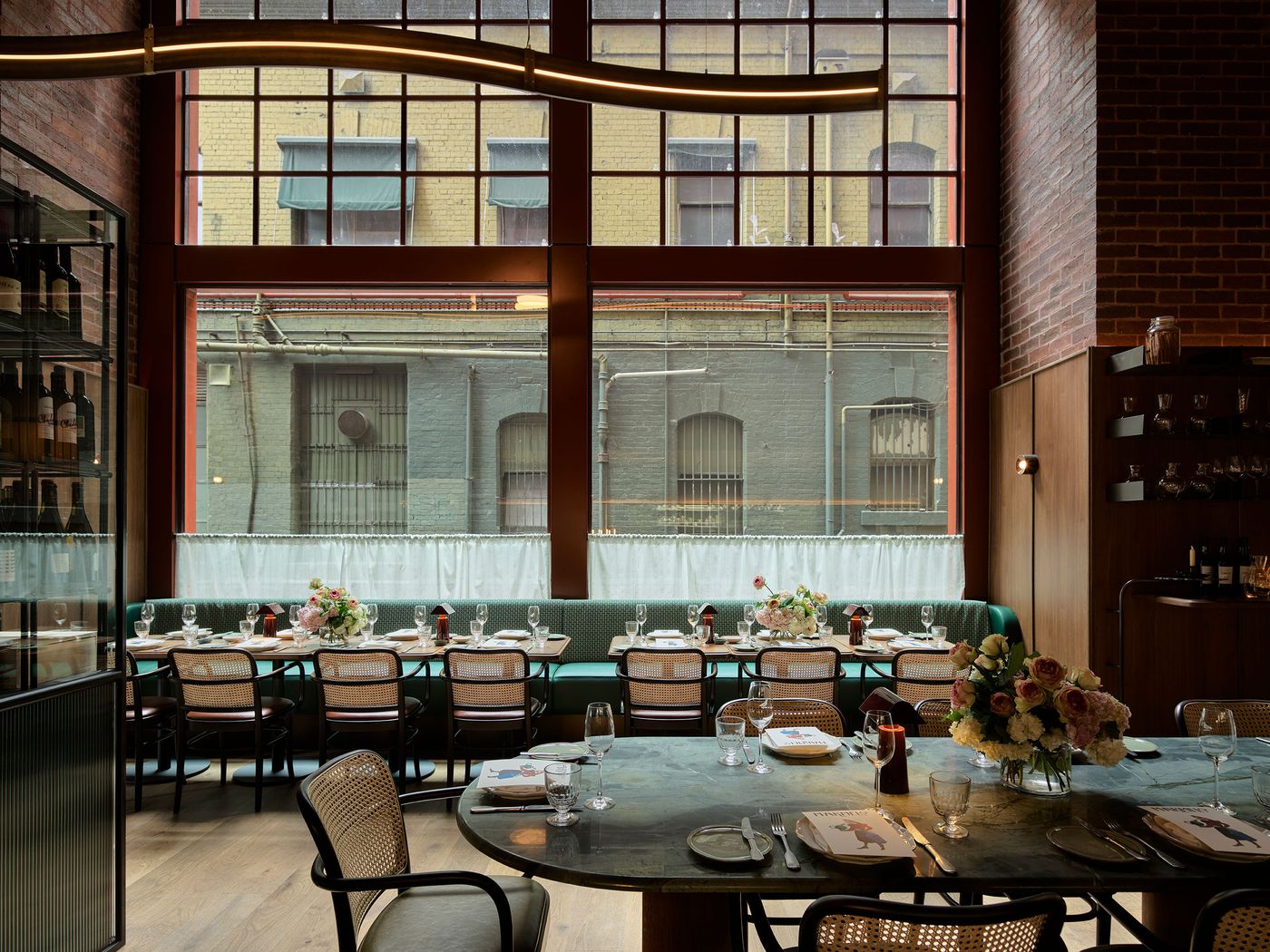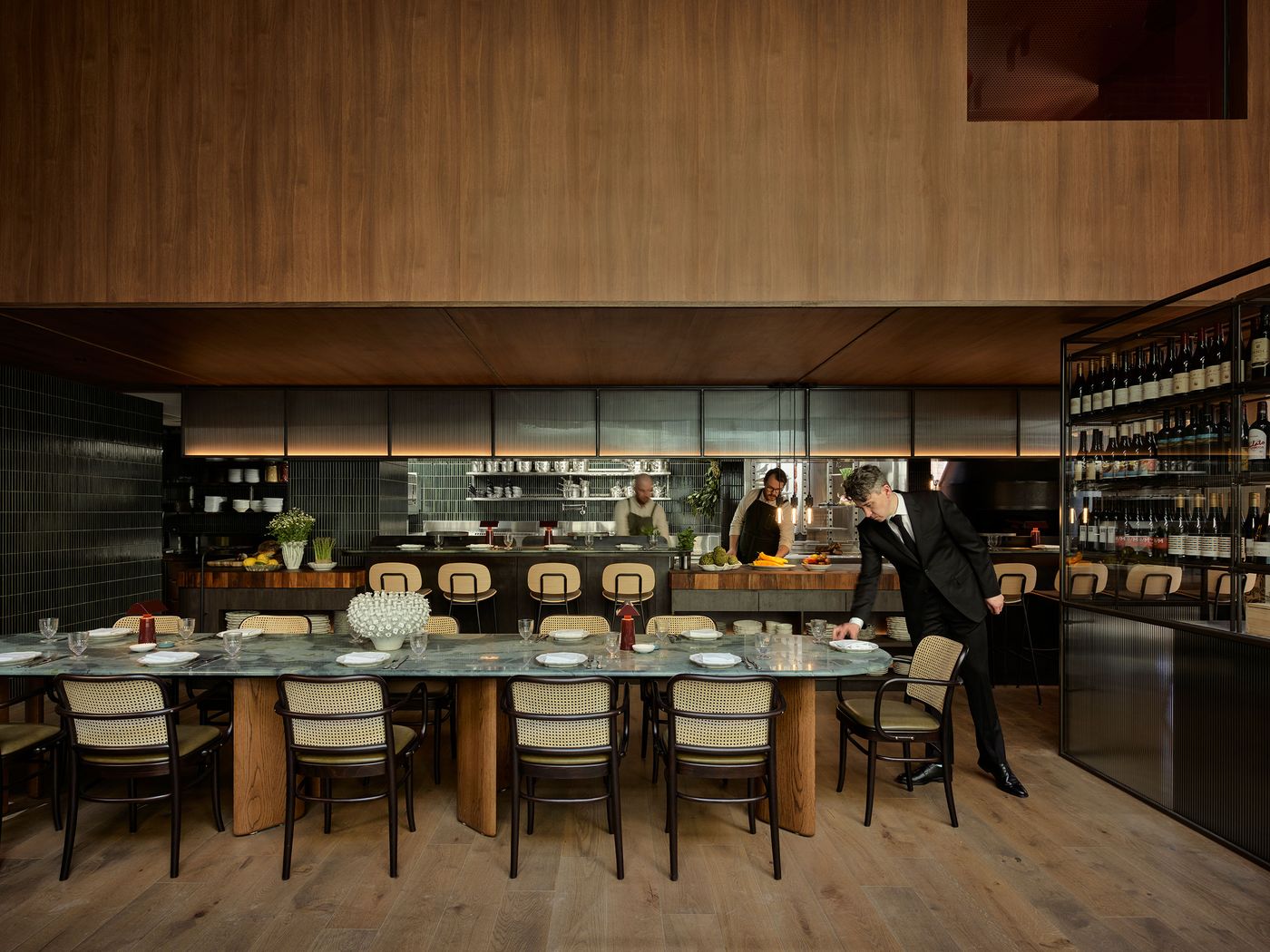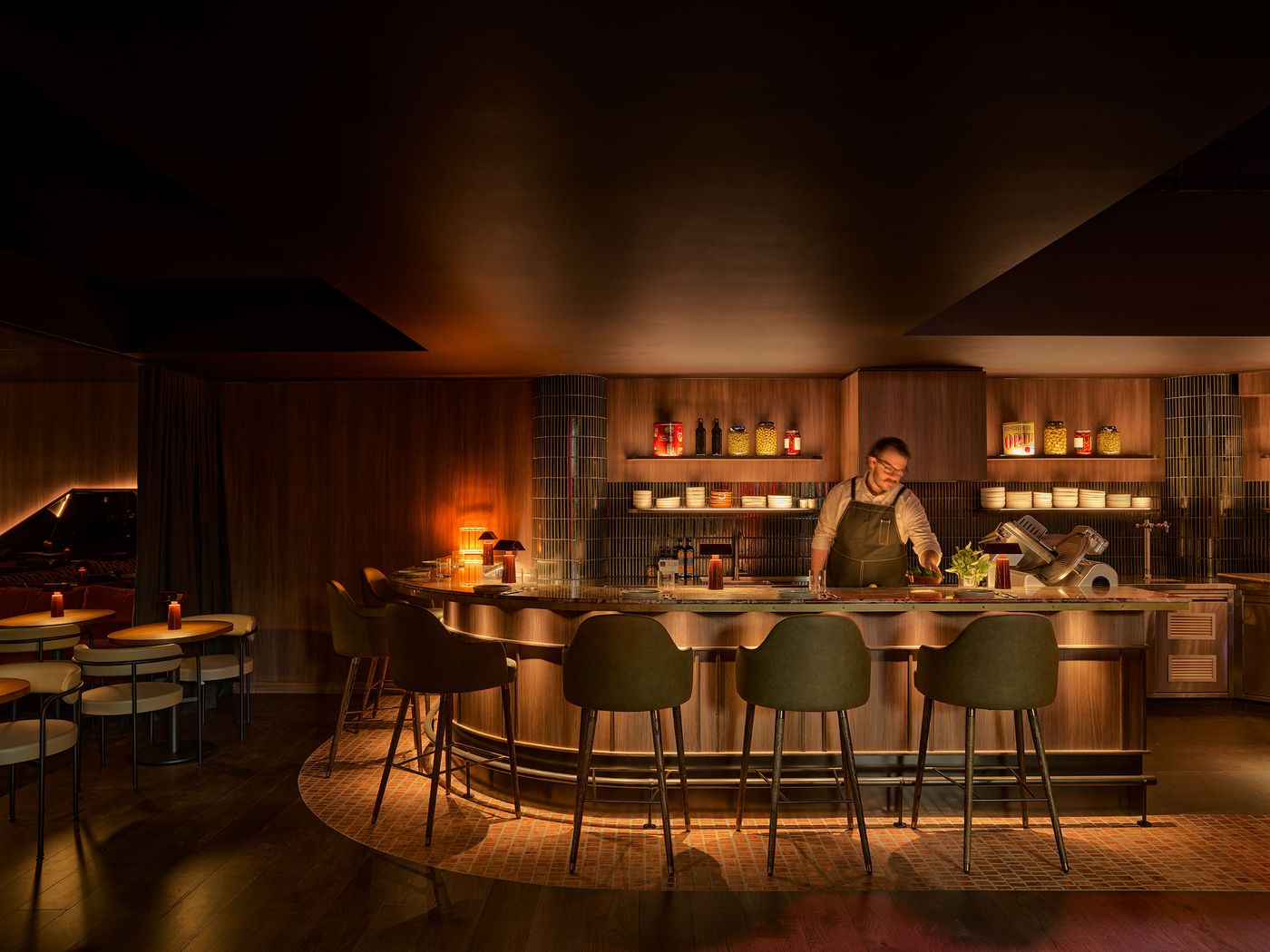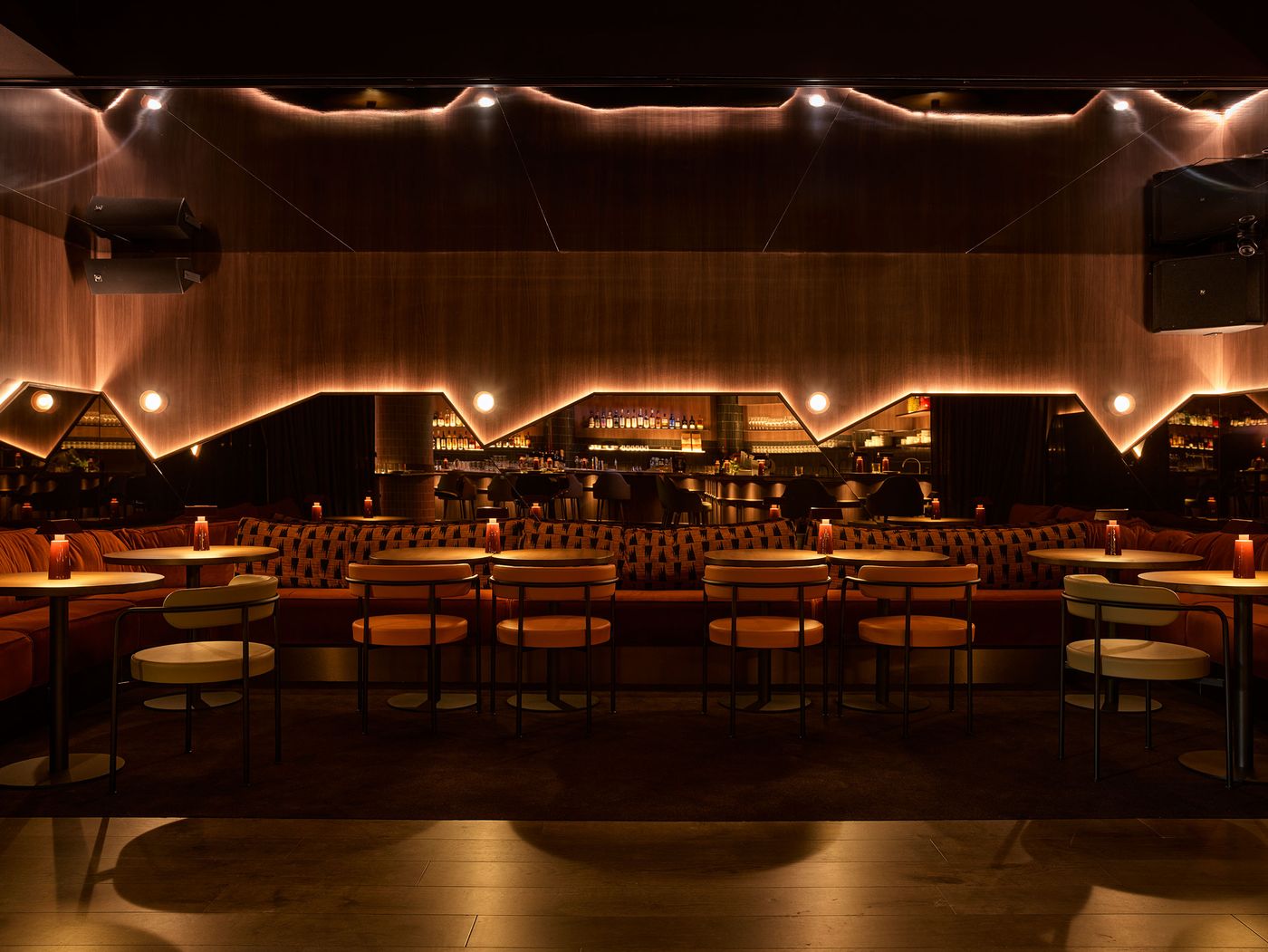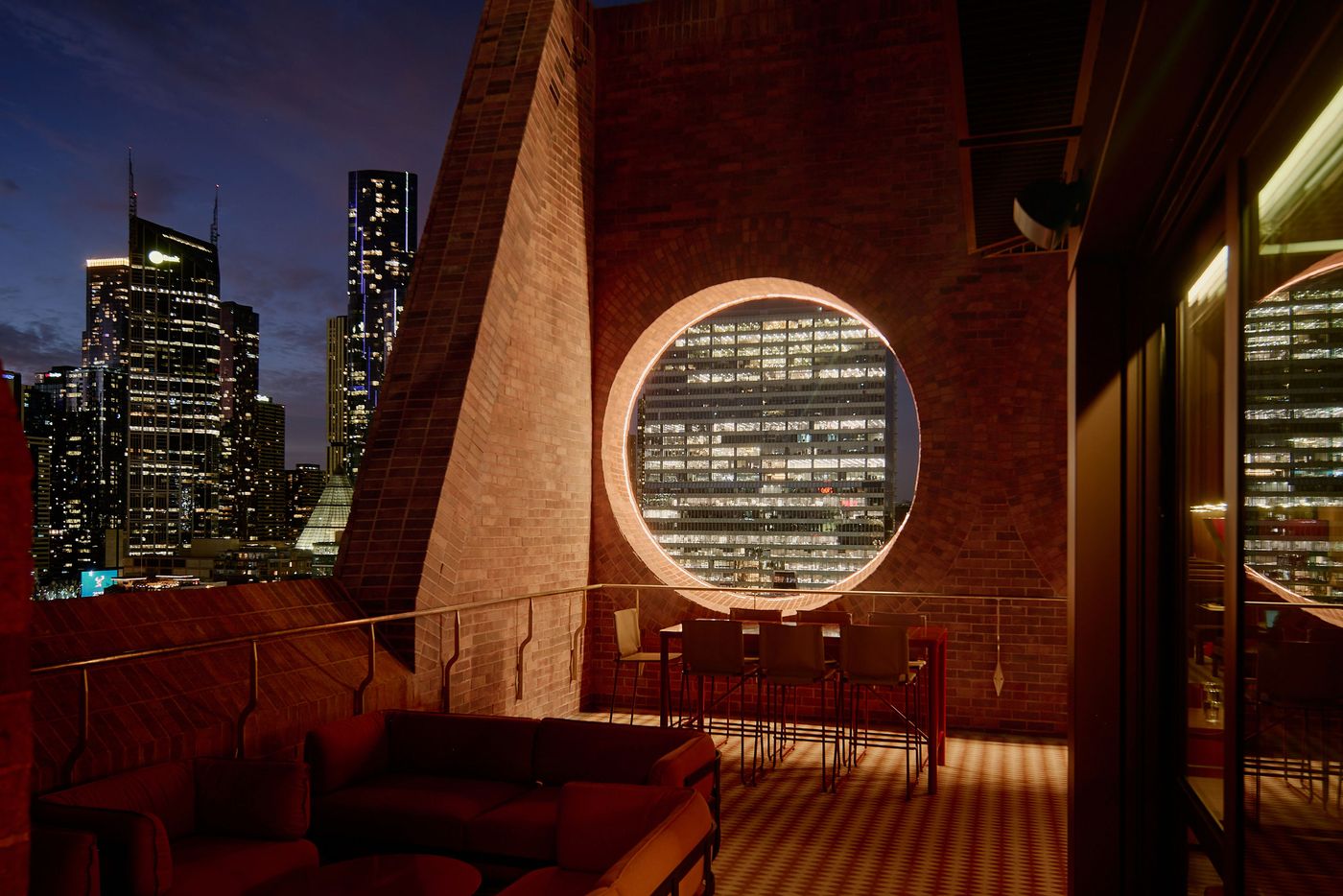
Melbourne Place: A Refreshingly Singular Hotel that Reflects Melbourne's Cultural Vibrancy
Words by Eric David
Location
Melbourbe, Australia
Melbourne Place: A Refreshingly Singular Hotel that Reflects Melbourne's Cultural Vibrancy
Words by Eric David
Melbourbe, Australia
Melbourbe, Australia
Location
In a city like Melbourne, where big brands dominate the hospitality scene, the opening of an independent hotel is a welcome rarity—even more so when it boasts a refreshingly singular character, case in point, the newly revealed Melbourne Place. Located in the heart of Melbourne’s CBD, the city’s cultural, entertainment and financial heart, the new-built 16-storey hotel is a bold expression of local identity, boasting 191 rooms and suites, a striking penthouse, and three distinct dining venues. Designed by acclaimed architecture studio Kennedy Nolan, Melbourne Place is a masterclass in cohesion, where architecture, interiors, art and branding emerge from a single conversation. The result is a hotel that’s fresh but familiar, sculptural yet grounded, and deeply embedded in its urban context. Recently folded into Hyde Hotels’ growing lifestyle portfolio, Melbourne Place’s independent spirit and playful sophistication feel perfectly attuned to the brand’s free-spirited DNA.
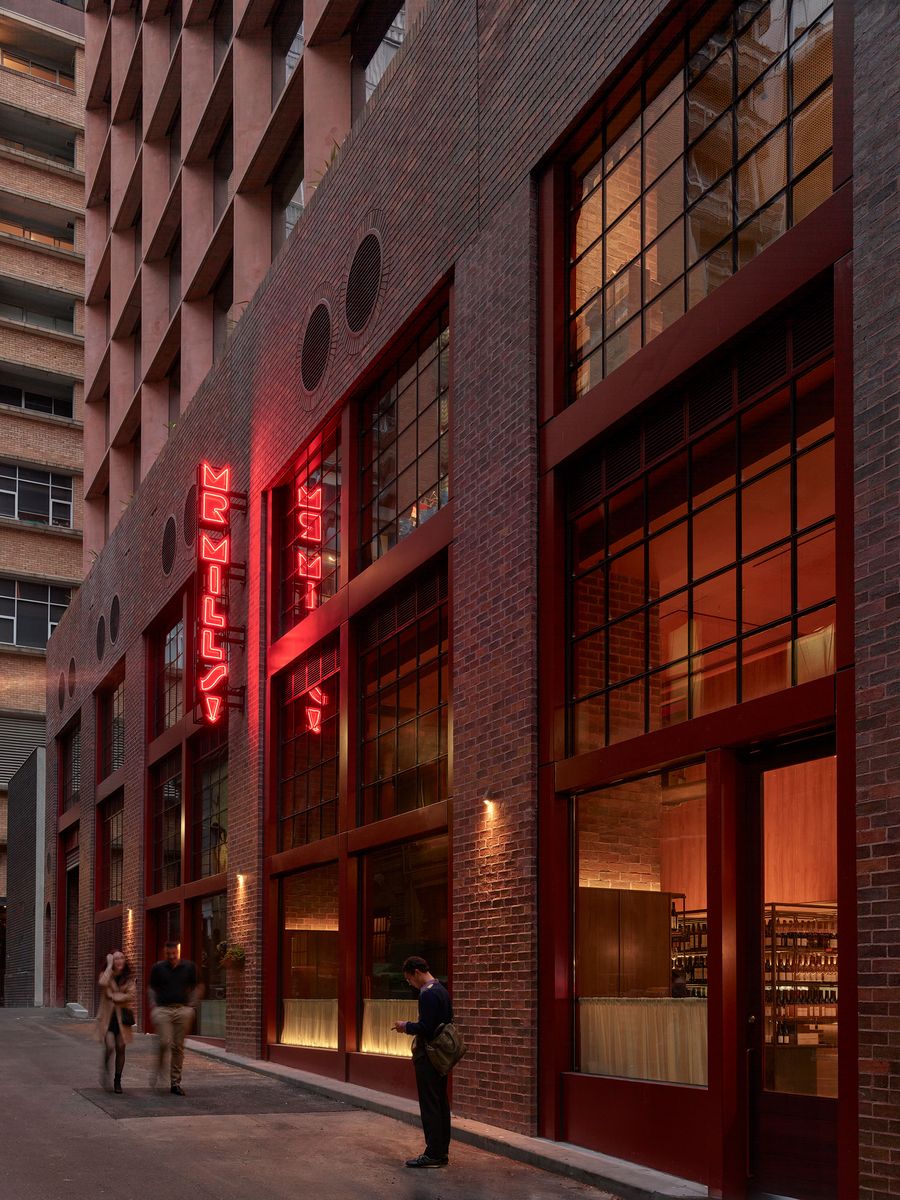
Exterior. Photography by Derek Swalwell.
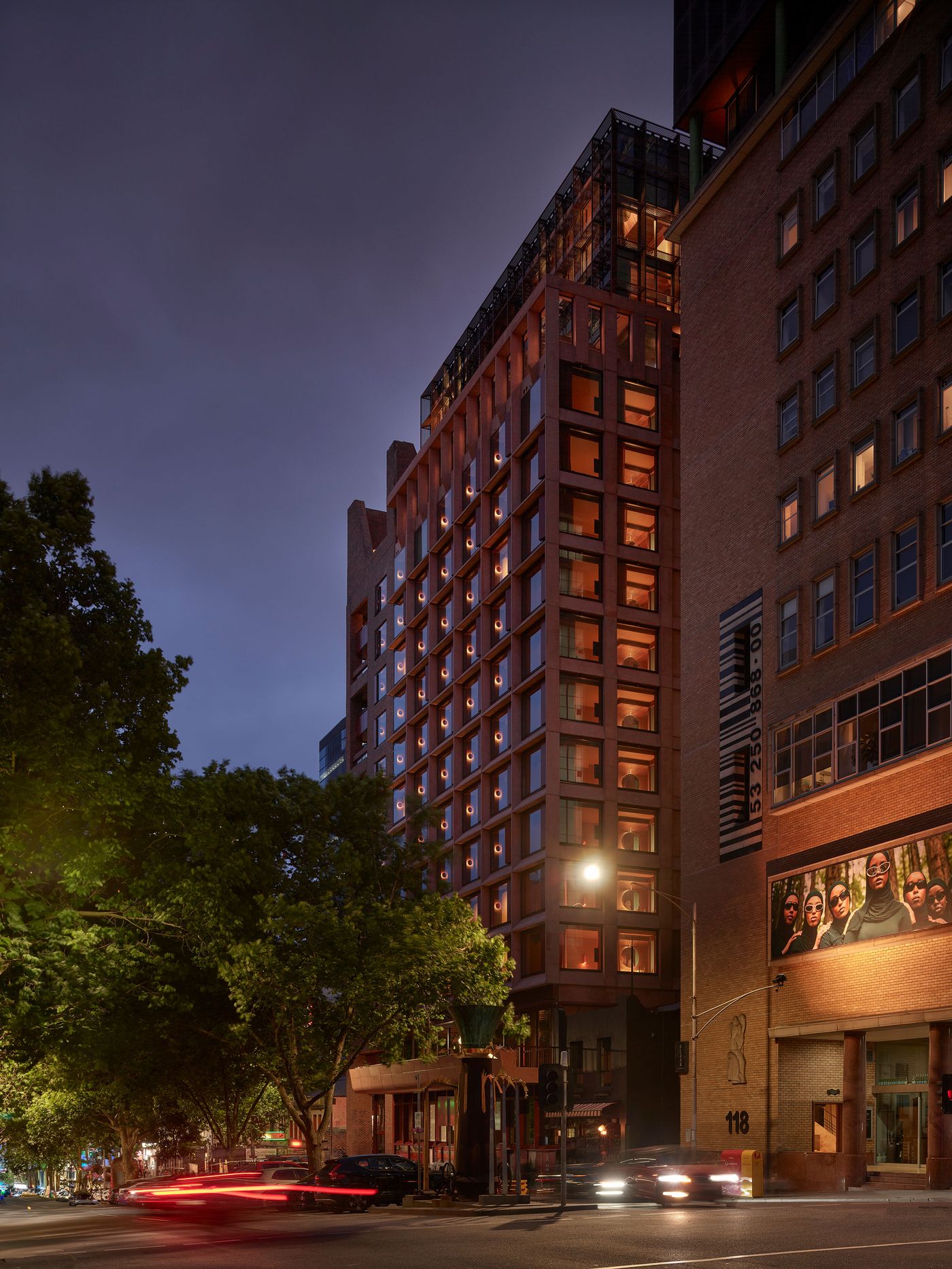
Exterior. Photography by Derek Swalwell.
The building itself makes no attempt to hide its Melburnian lineage, drawing inspiration from nearby 20th century architectural landmarks such as the stately interwar Palazzo style of the T&G Building and the more restrained Functionalist cues of the former Russell Street telephone exchange. Kennedy Nolan’s design deftly reinterprets these references through a contemporary lens, layering traditional materials—brickwork fired in a historic western Victorian kiln and terracotta-tinted precast concrete—with modern expressiveness.
Anchored by a brick plinth, the building’s main body is wrapped in a three-dimensional grid of concrete panels that imbue the façades with a sculptural sensibility while providing ample shading for the windows within. Crowning the structure, a three-storey glass volume veiled by a steel brise-soleil lends the building a sense of urban elegance touched with industrial poetry.
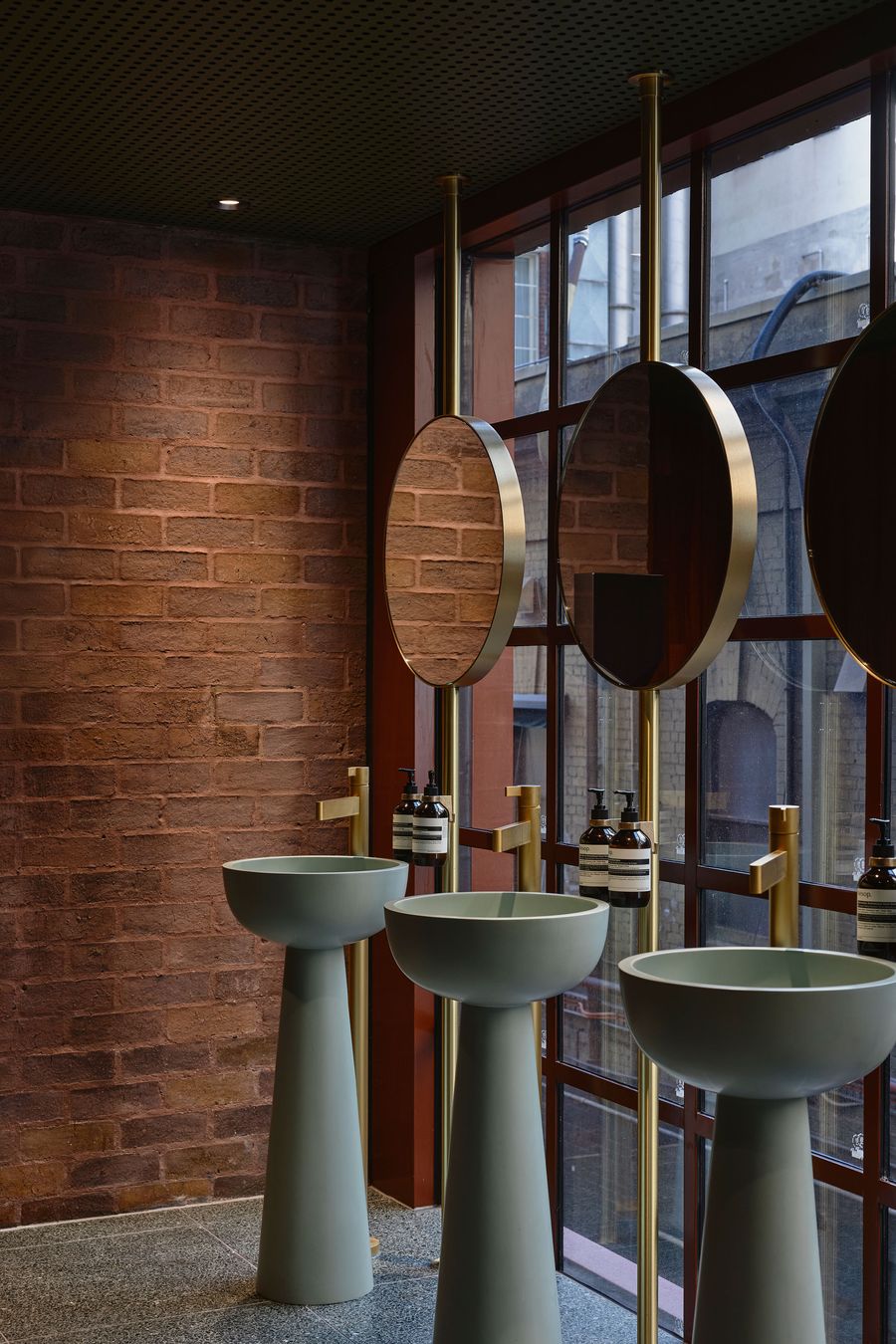
Interior. Photography by Derek Swalwell.
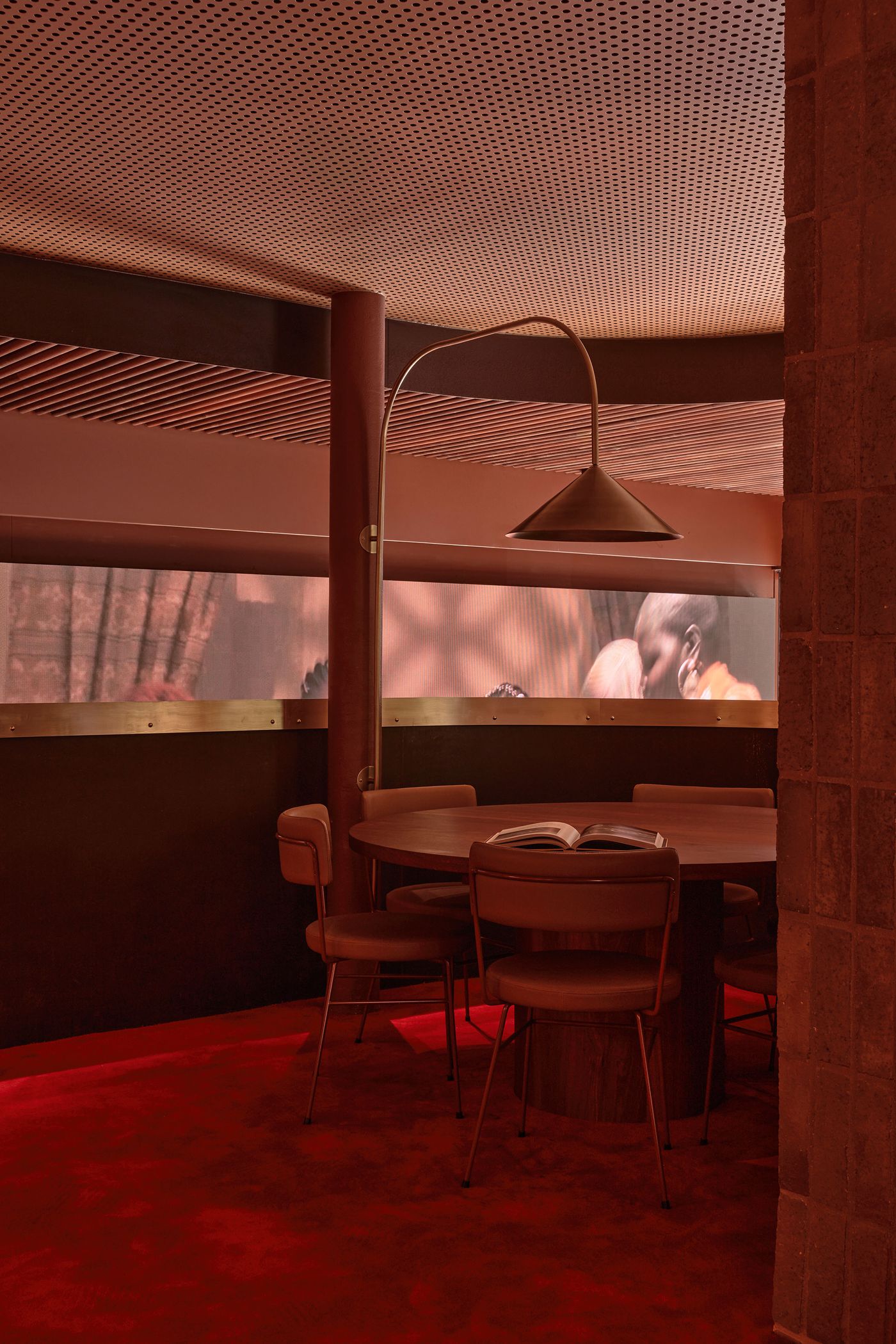
Interior. Photography by Derek Swalwell.

Photography by Anson Smart.
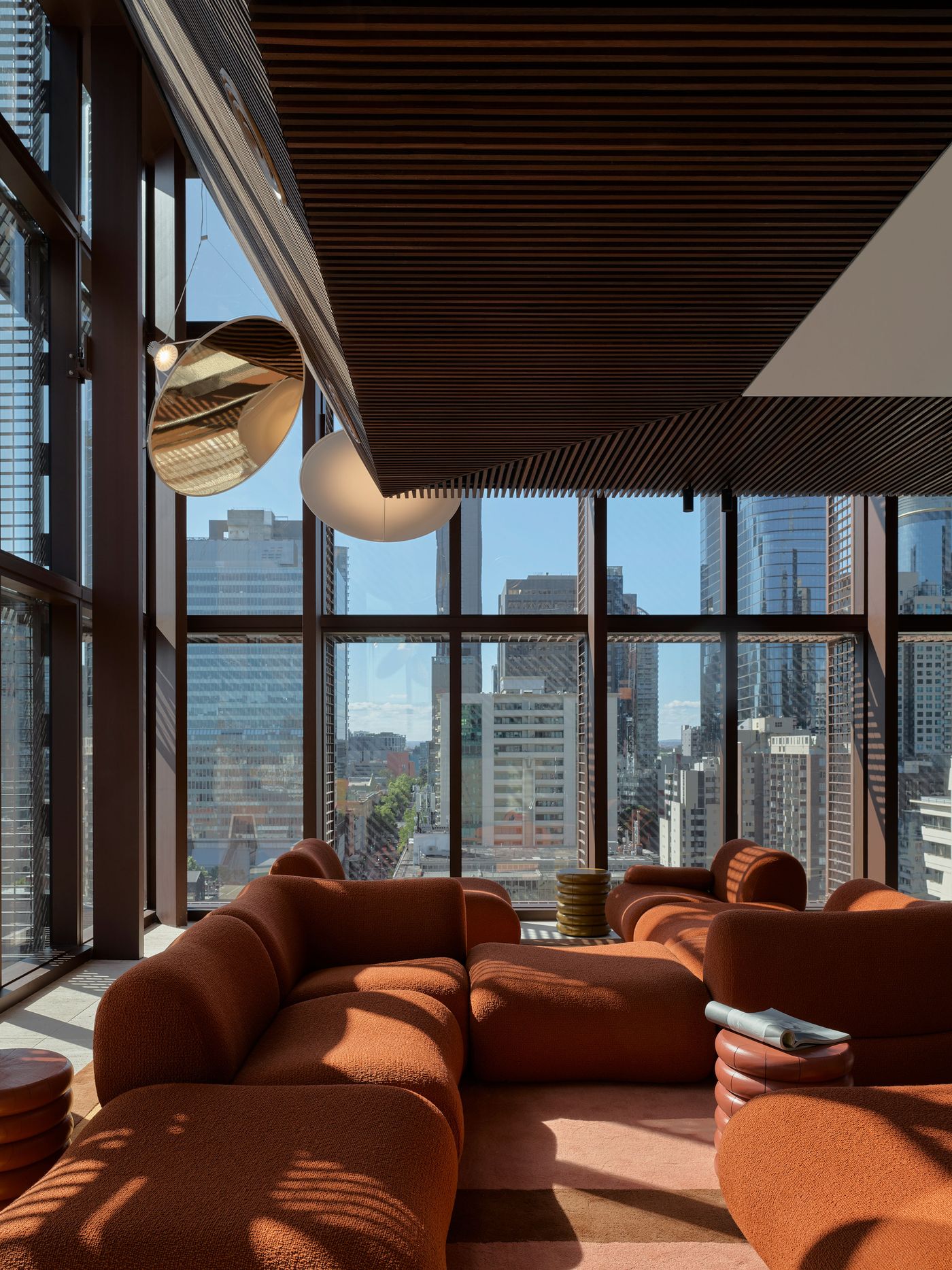
Photography by Anson Smart.
If the exterior is tonal and textural, the interiors are a joyful burst of urban cool, expressed through colour, tactility, and local craft. Here, terrazzo floors, specially developed for the project, are paired with oiled Jarrah wood, their natural warmth offset by brass and Corten steel accents. Contemporary furnishings by local brands and designers, many custom-made for the hotel, convey effortless sophistication and idiosyncratic modernity, while colours lean warm and inviting with rich reds, ochres and jewel tones punctuated by indigo and magenta.
Throughout the public spaces, art also forms an integral part of the interior design. Curated by MARS Gallery, the selection of artworks reflects the city’s contemporary multicultural vibrancy through names like Atong Atem, whose expressive portraits punctuate the elevator lobbies on every floor. Most notably, a two-storey digital screen in the lobby features video works by six artists, making for a mesmeric backdrop as guests check in as well as a moment of unexpected engagement for passers-by outside.
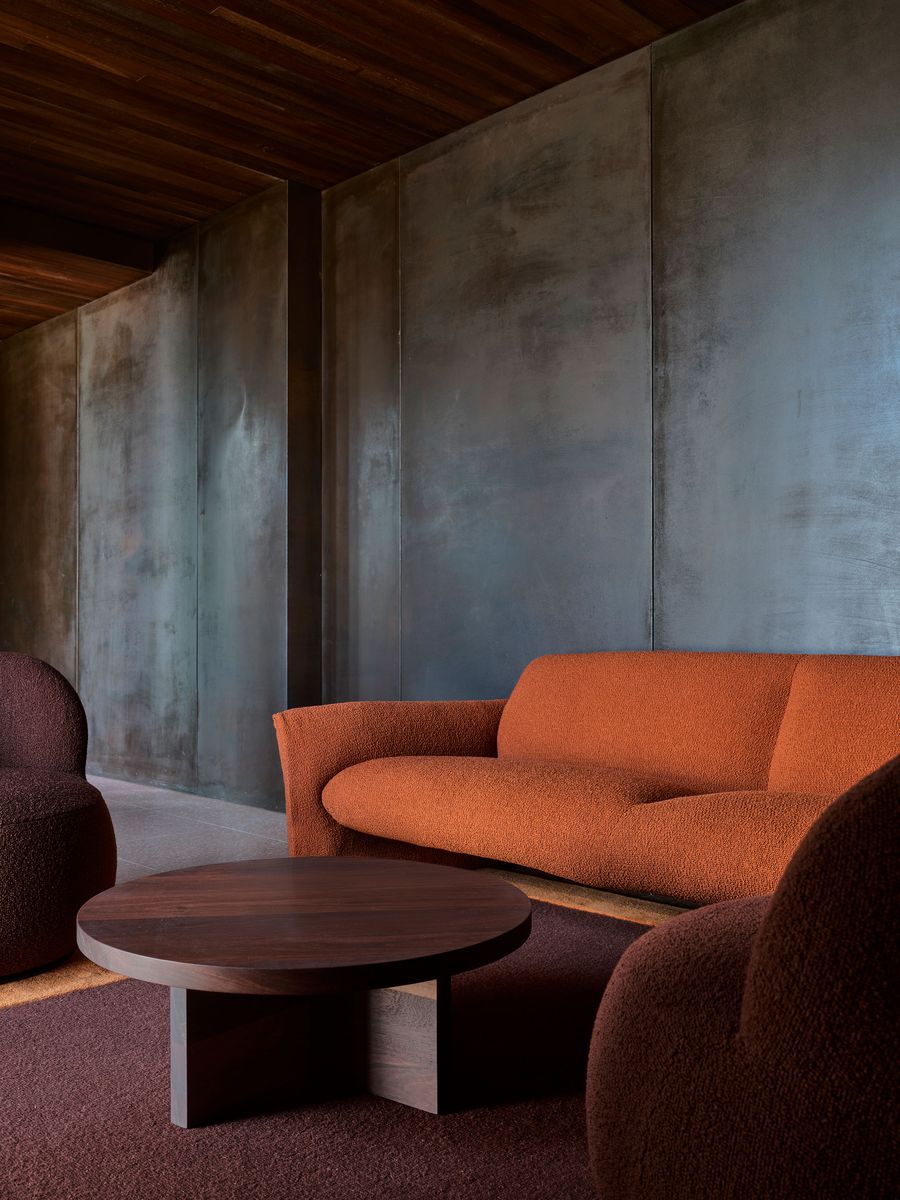
Photography by Anson Smart.
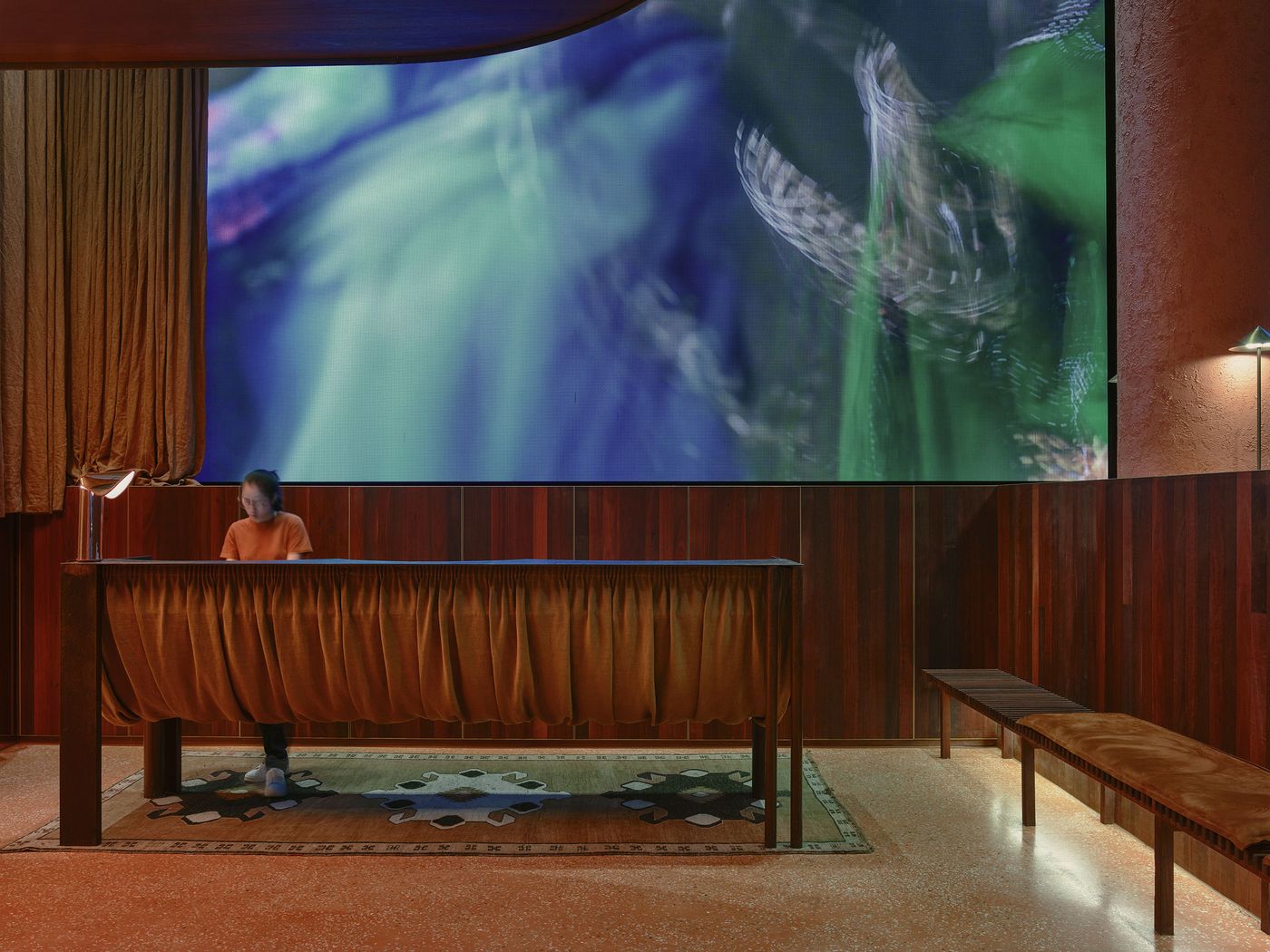
Interior. Photography by Derek Swalwell.
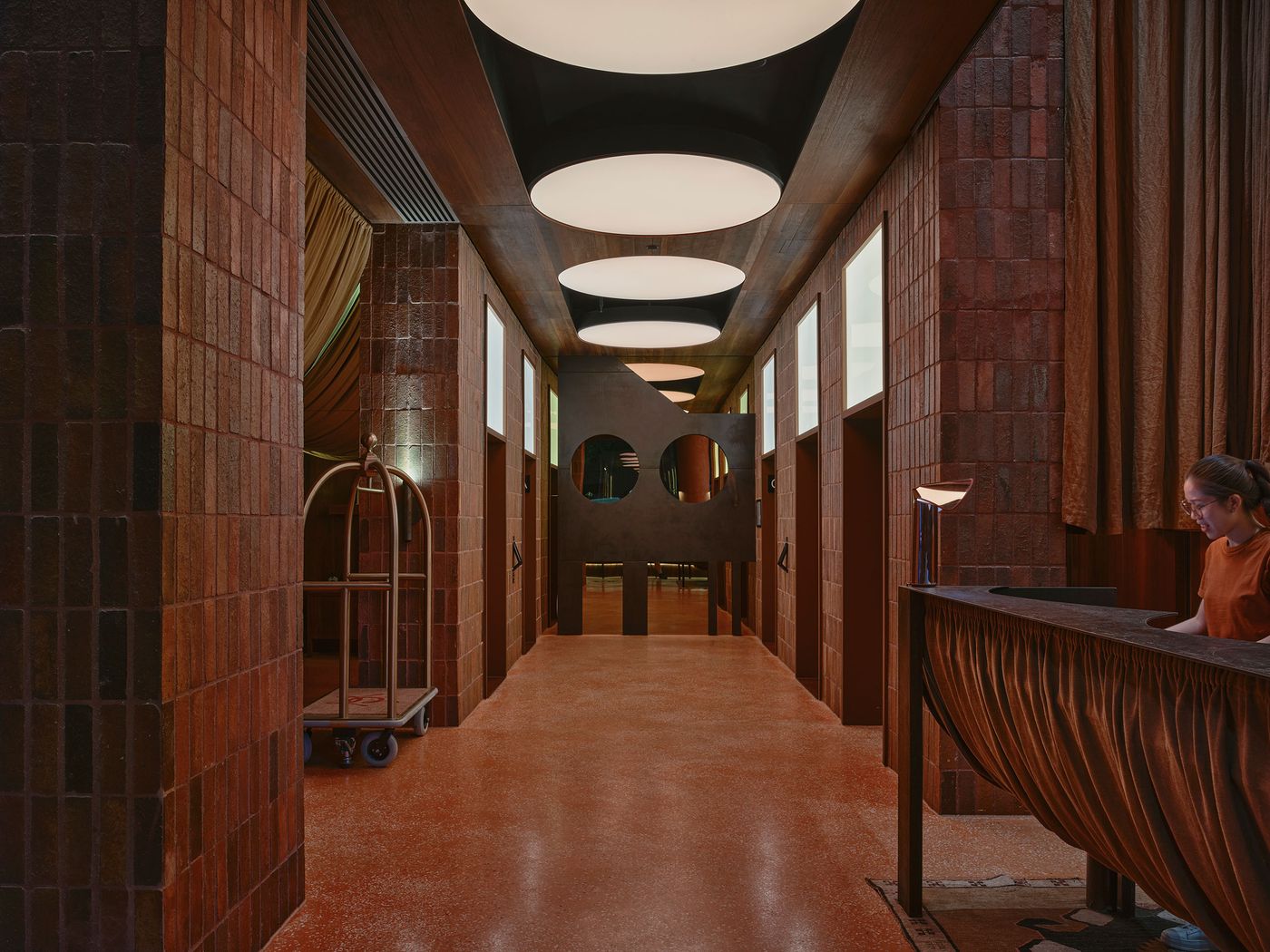
Interior. Photography by Derek Swalwell.
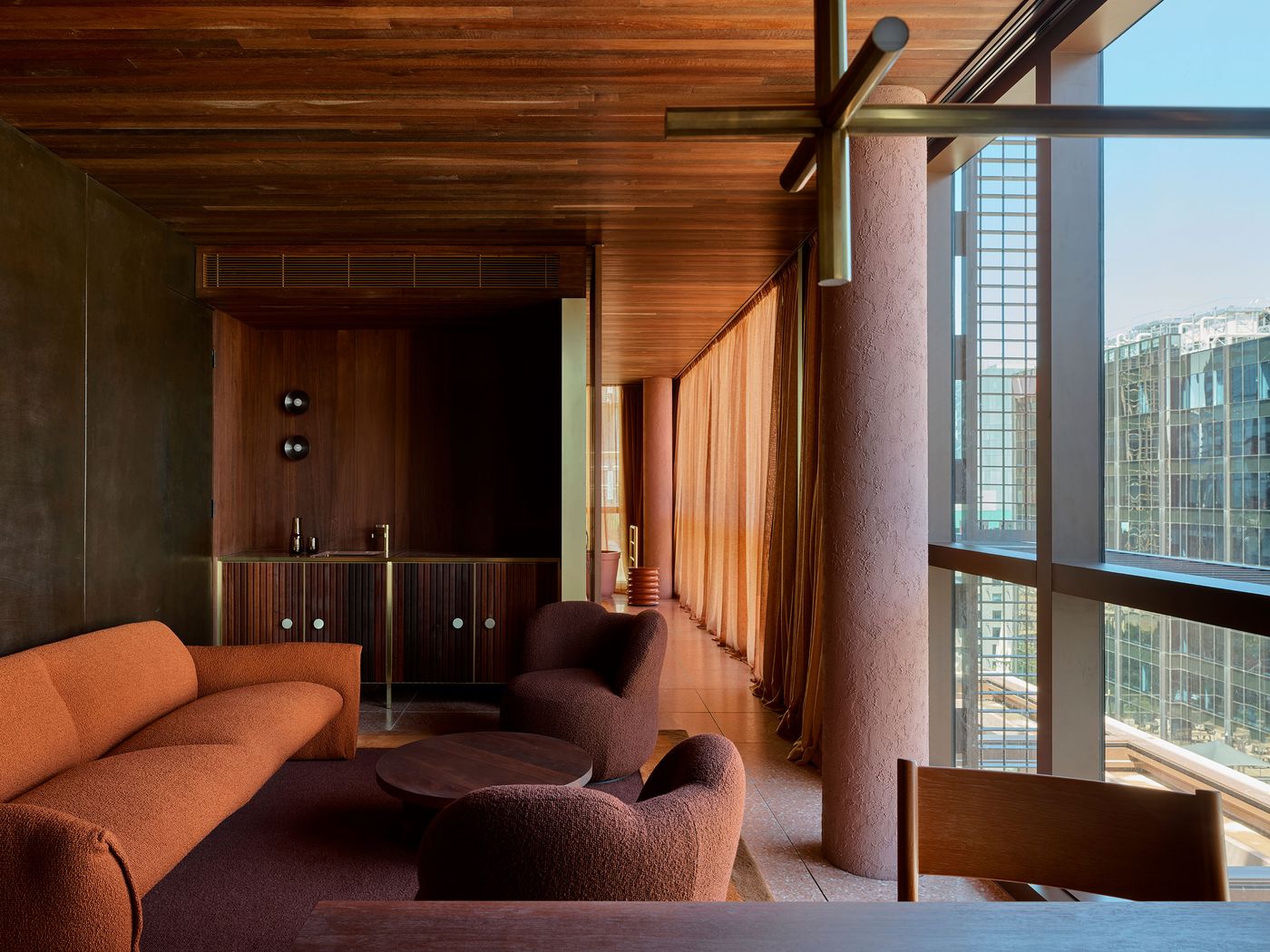
Photography by Anson Smart.
Colour, texture, and craftsmanship similarly define the hotel’s accommodations which embrace three distinct palettes—velvety blues for north-facing rooms that glow in the night, warm browns for sunset-facing west rooms, and deep greens that invite a sense of peace and calm in the rooms facing eastwards. Whatever the orientation, the ambience is one of refined warmth, underpinned by terrazzo flooring, Jarrah wood wall panelling and brushed metal fittings that catch the light just so. Bespoke furnishings by Australian designers such as Jardan’s voluptuous armchairs and sofas, Robert Gordon’s handcrafted ceramic basins, and Volker Haug’s sculptural lighting, anchor the rooms in thoughtful luxury while enhancing a prevailing sense of unhurried relaxation.

Photography by Anson Smart.

Photography by Anson Smart.
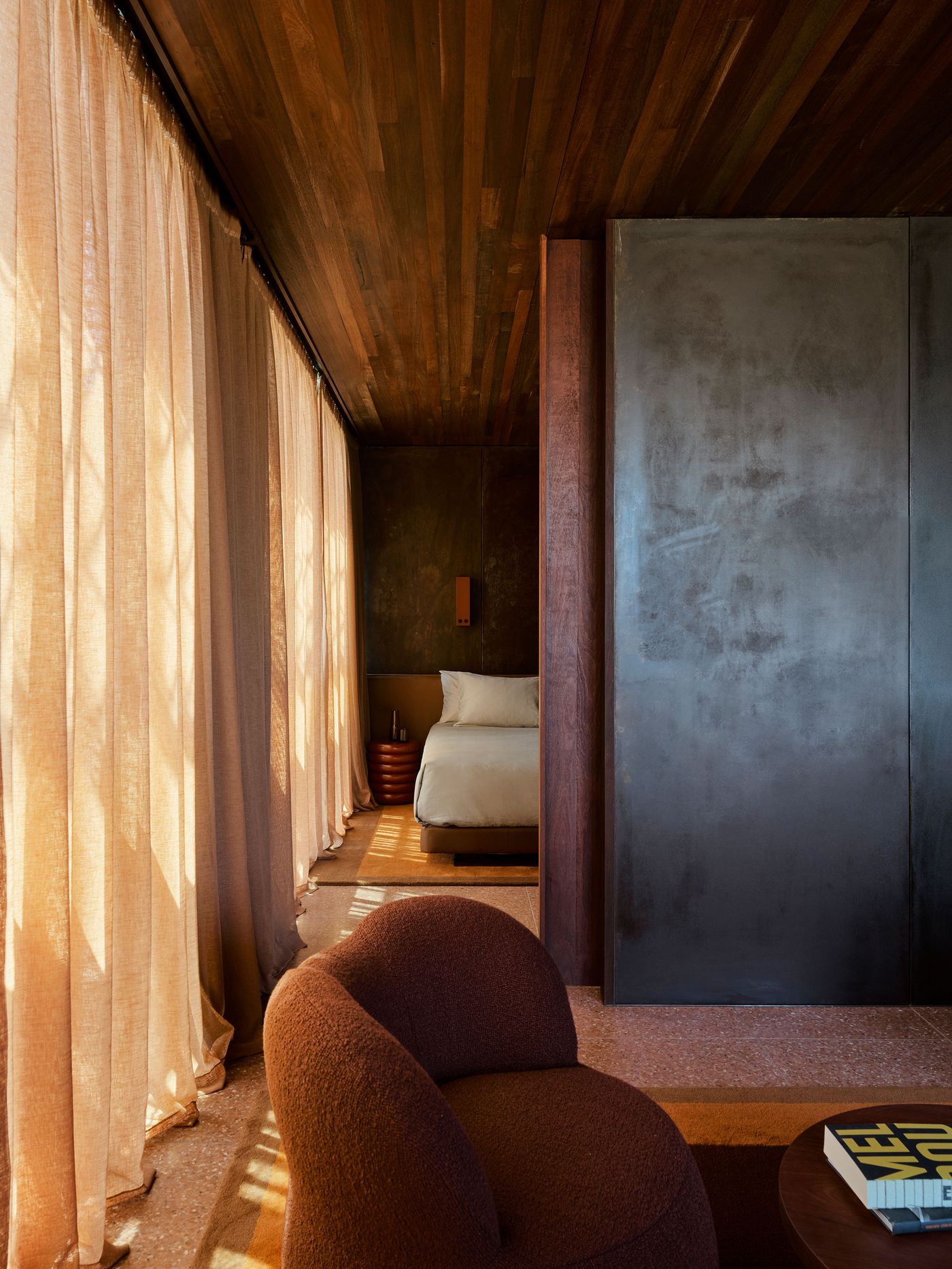
Photography by Anson Smart.
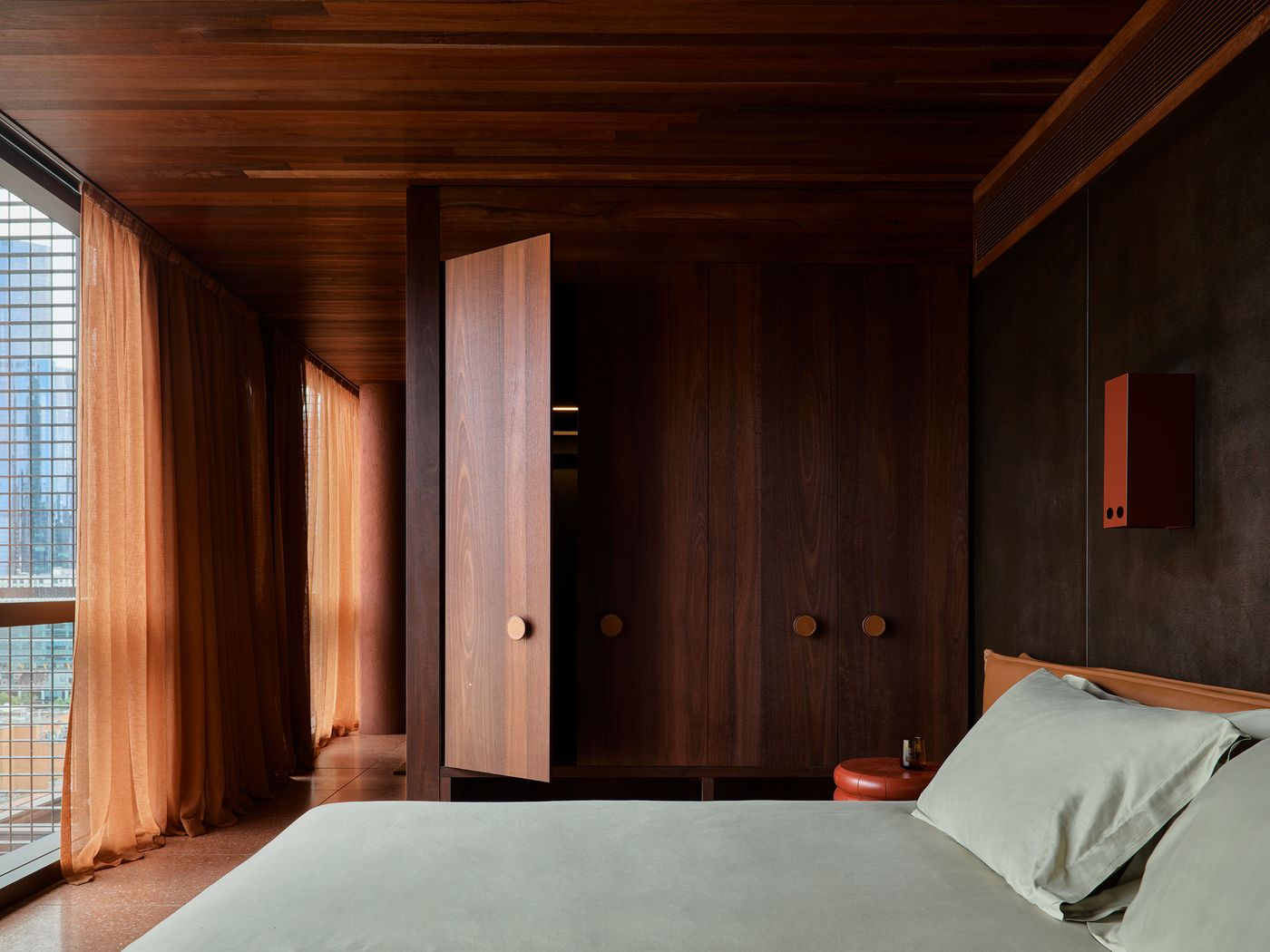
Photography by Anson Smart.
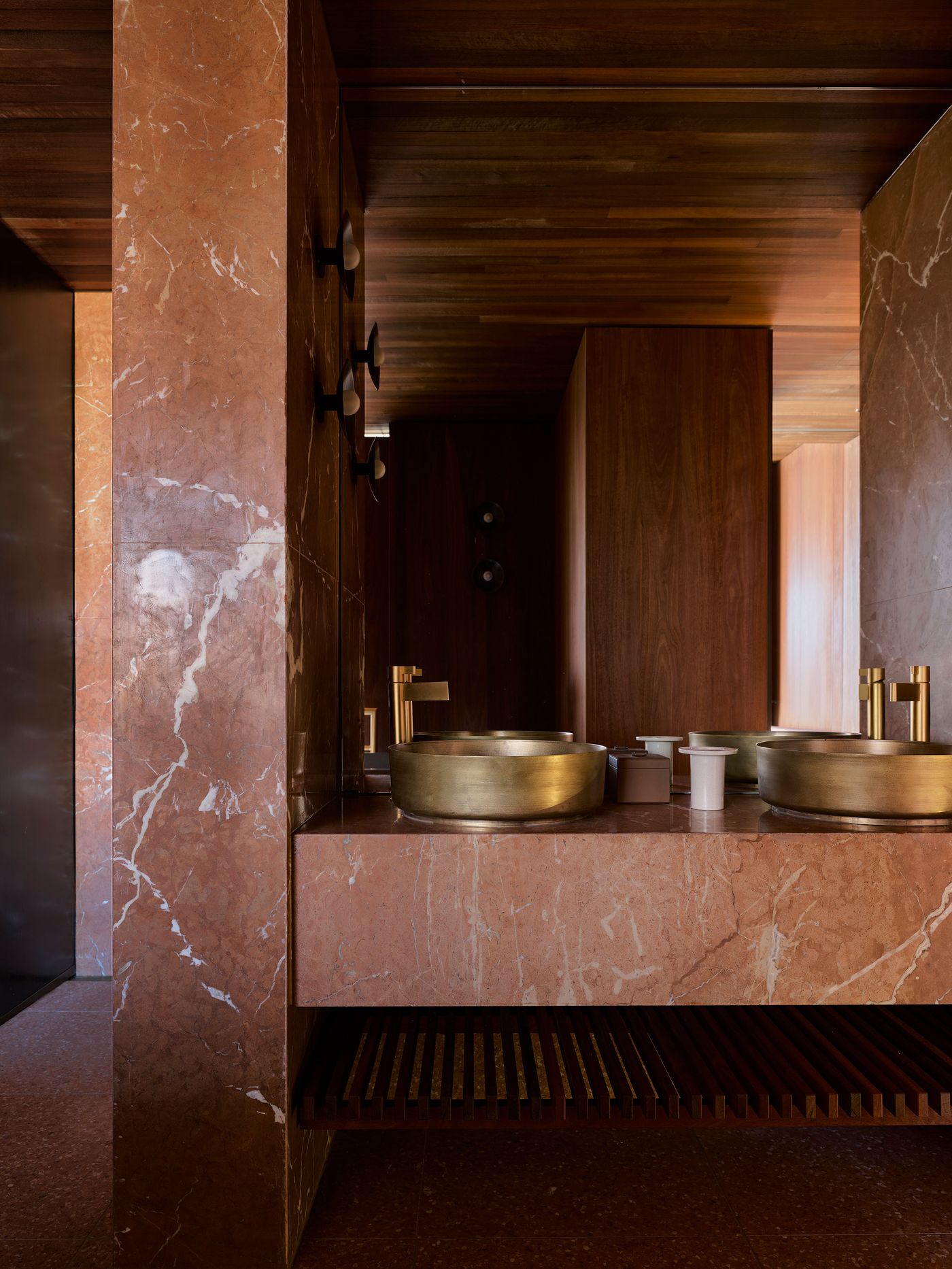
Photography by Anson Smart.
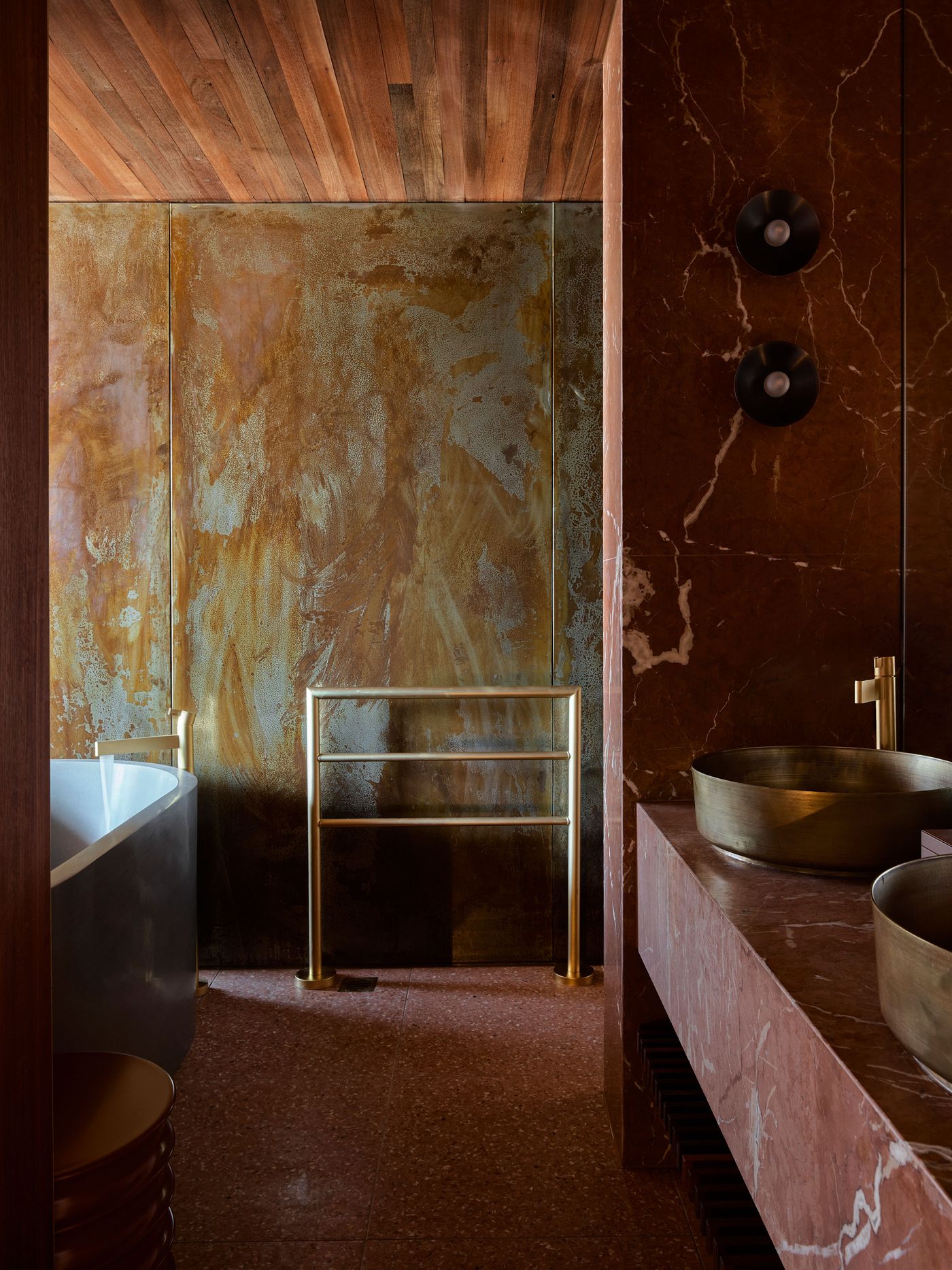
Photography by Anson Smart.
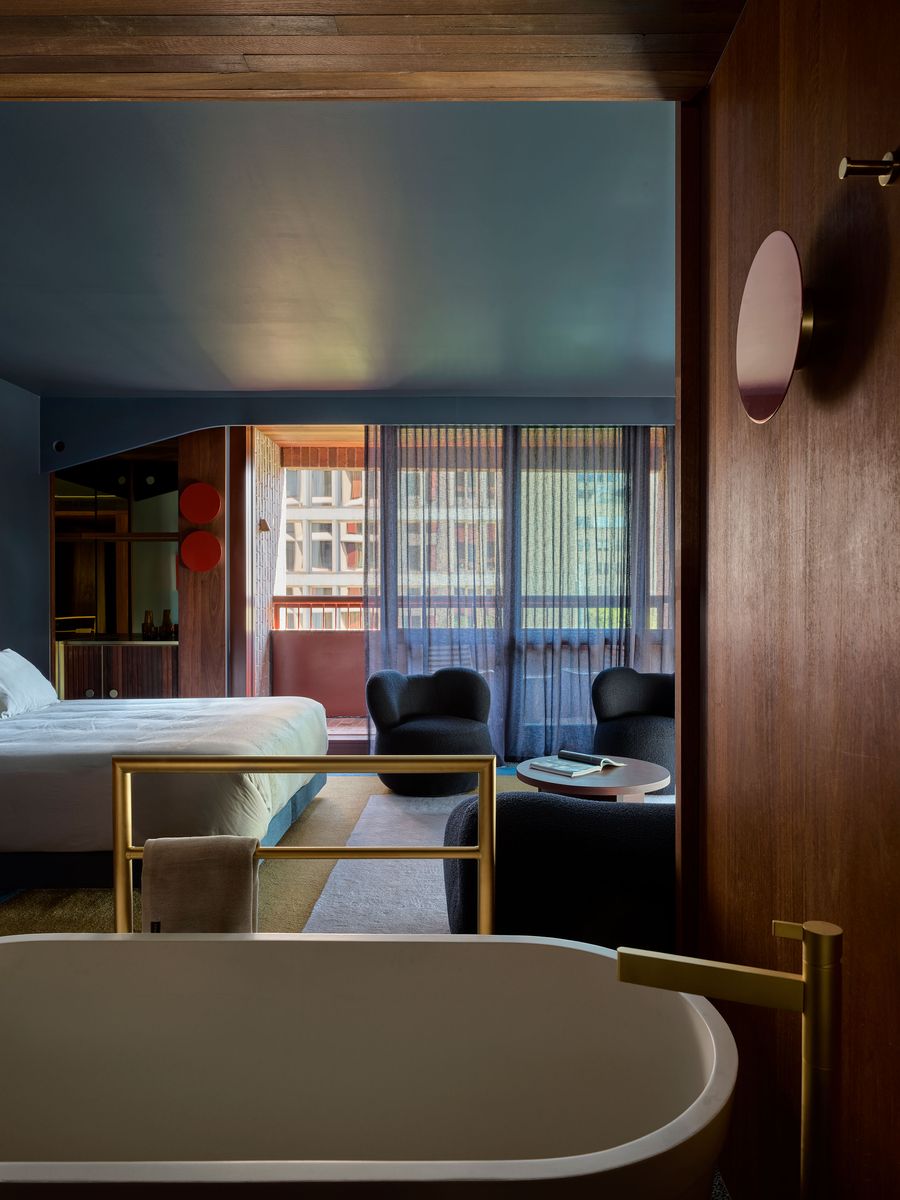
Photography by Anson Smart.
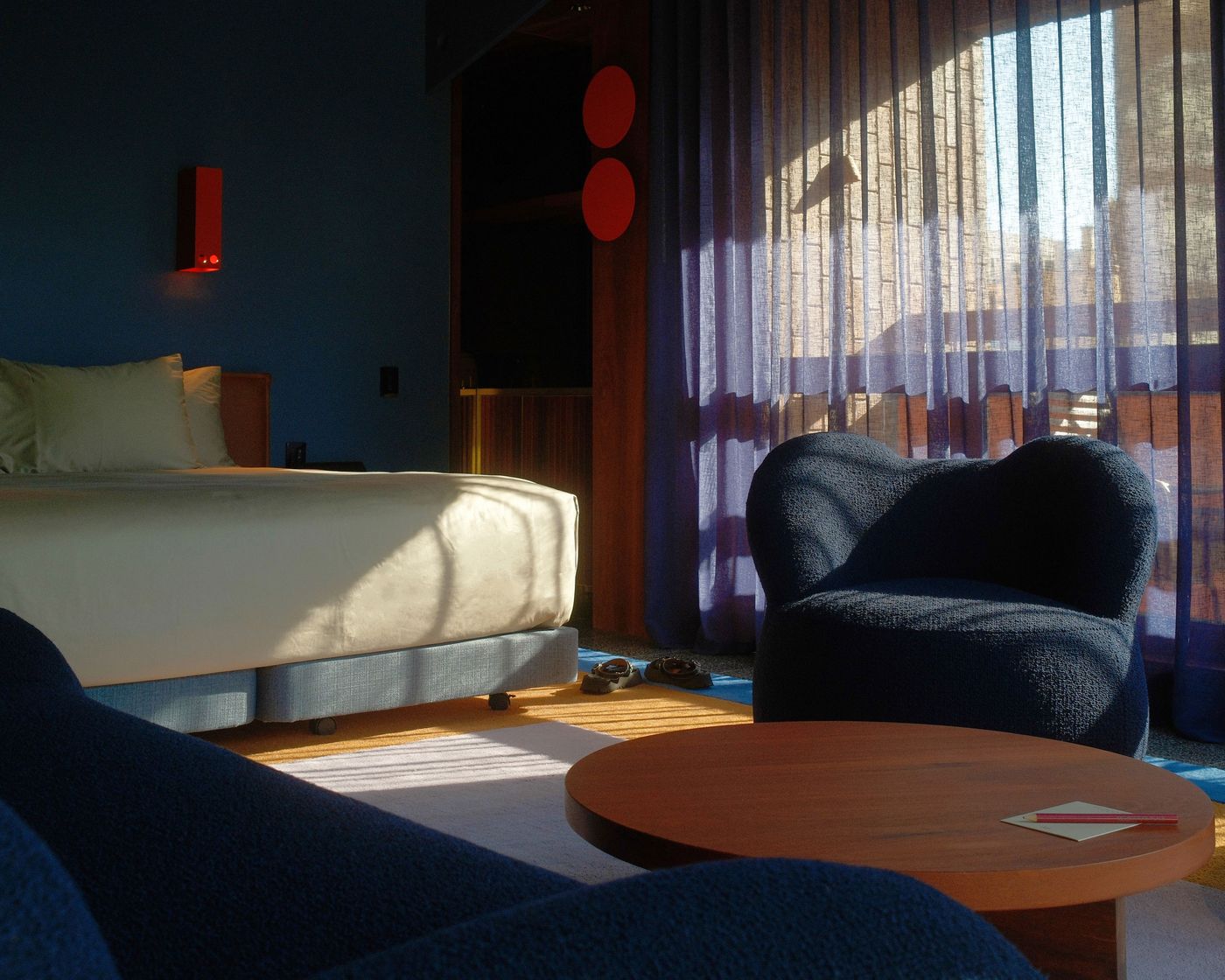
Photography by Felix Mooneeram.
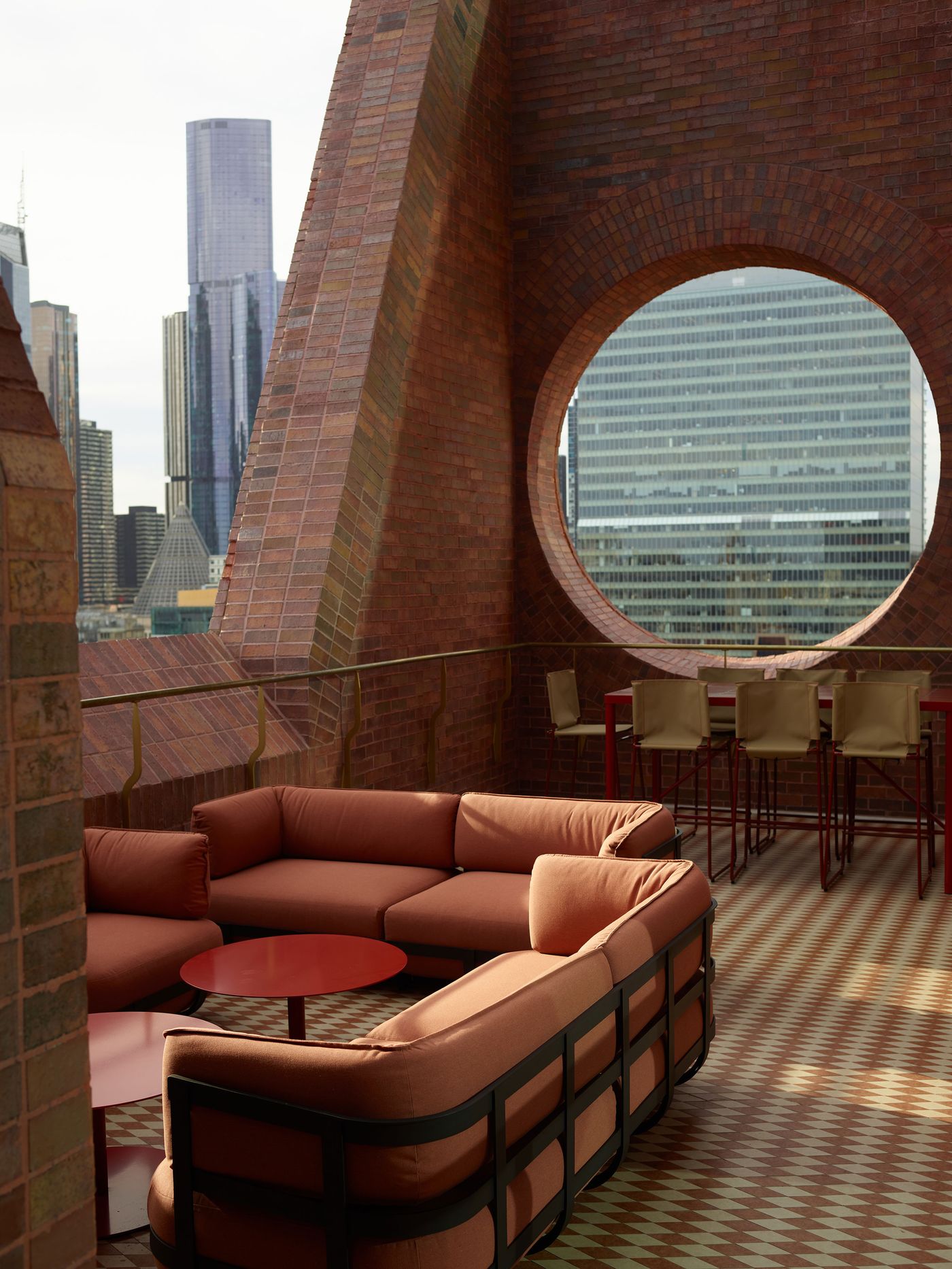
Mid Air. Photography by Kristoffer Paulsen.
Up on level 12, the hotel’s signature restaurant Mid Air cranks up the hotel’s playful design language in step with its vibrant Mediterranean fare. Part indoors, part open-air terrace, the space is animated by a sun-kissed palette of reds, ochres and terracotta, with deep blue accents providing visual punctuation. Diamond-patterned tiles that rise onto bar counters and cropped, sinuous curtains that drape the walls lend the space a flair that borders on theatrical. Meanwhile, the large circular openings punctuating the terrace walls frame the city with a wink.
Chef Nick Deligiannis brings substance to the spectacle, serving Mediterranean-inspired dishes with confident creativity, including spanner crab crumpets at breakfast, lamb breast with vine leaf chermoula, and baked haloumi with charred lemon at lunch and dinner, and a sundae finale served with nostalgic indulgence.
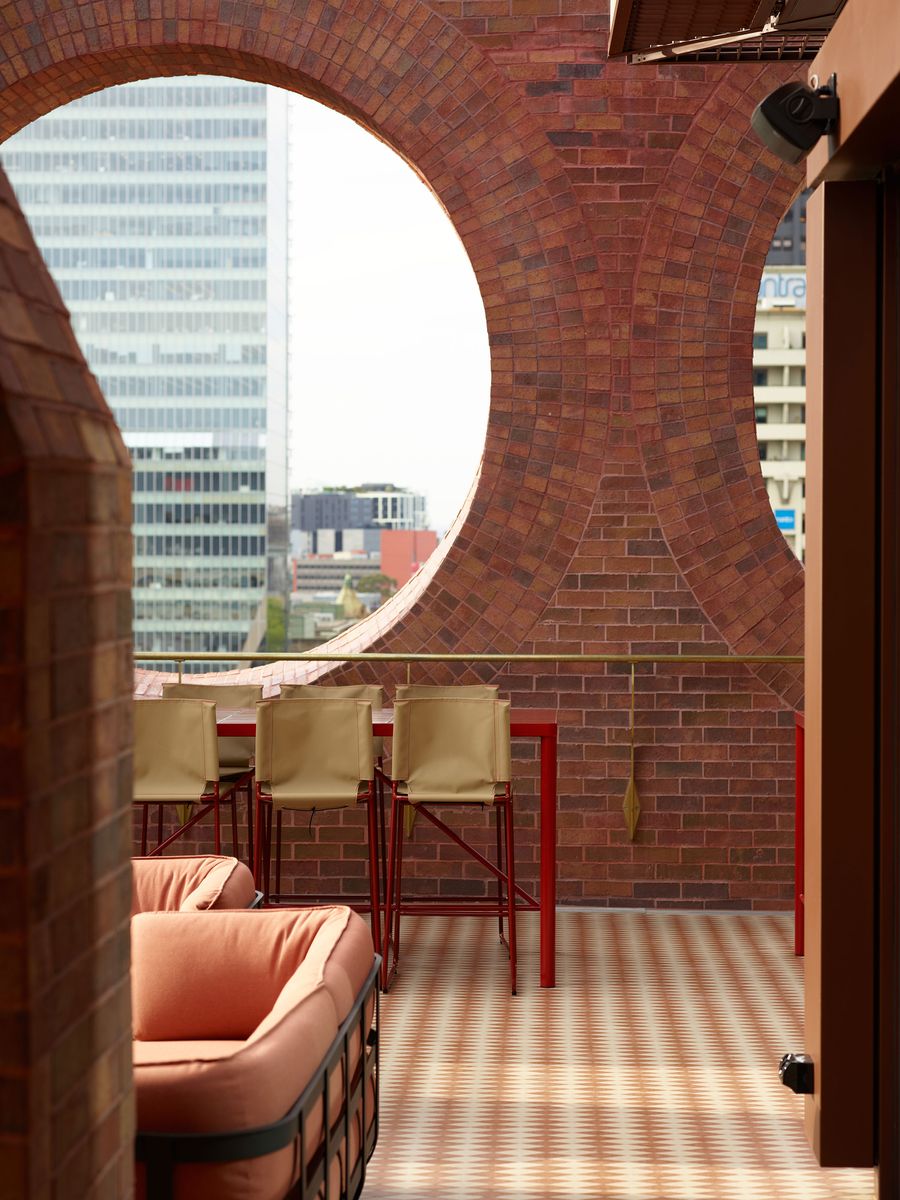
Mid Air. Photography by Kristoffer Paulsen.

Mid Air. Photography by Kristoffer Paulsen.
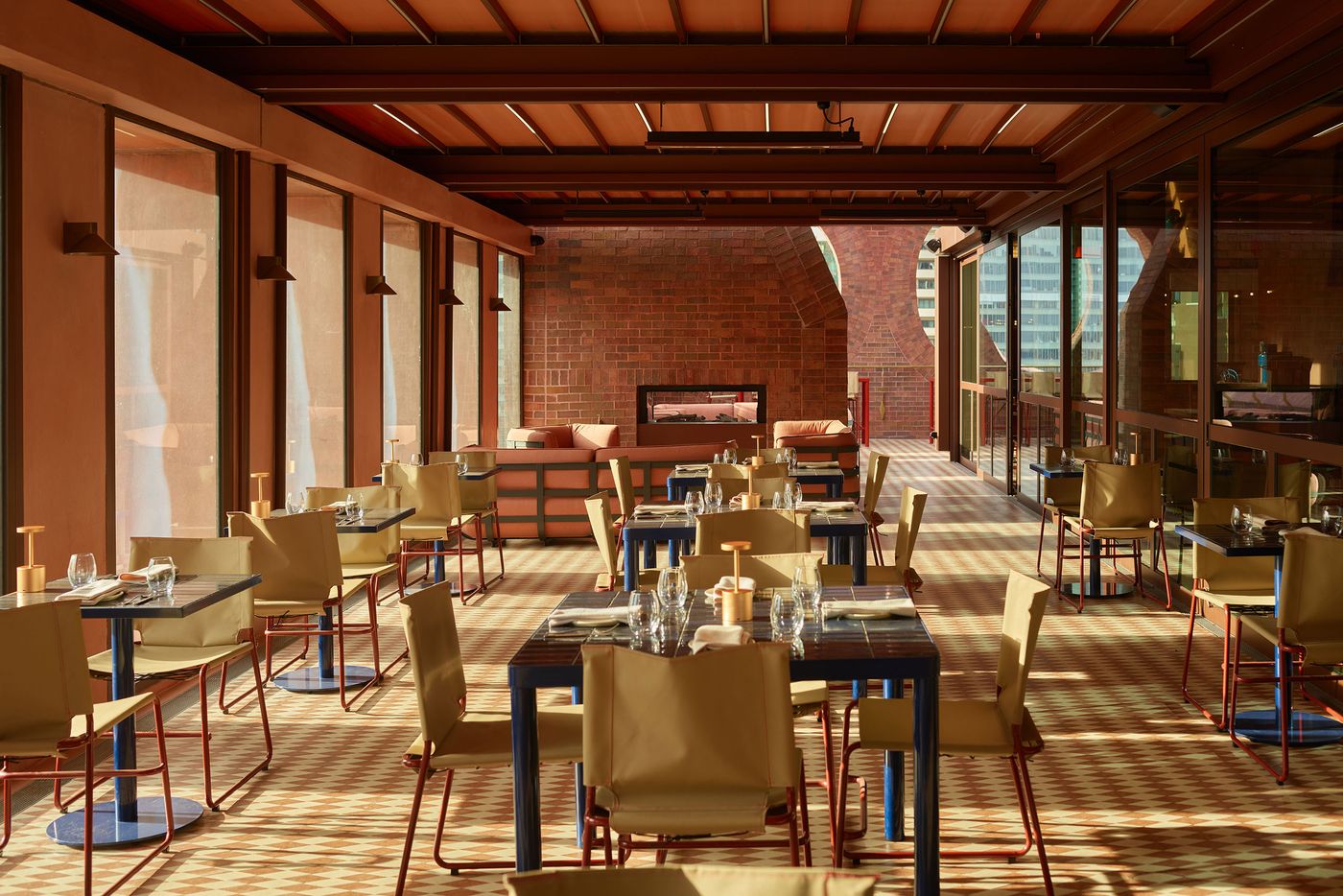
Mid Air. Photography by Kristoffer Paulsen.
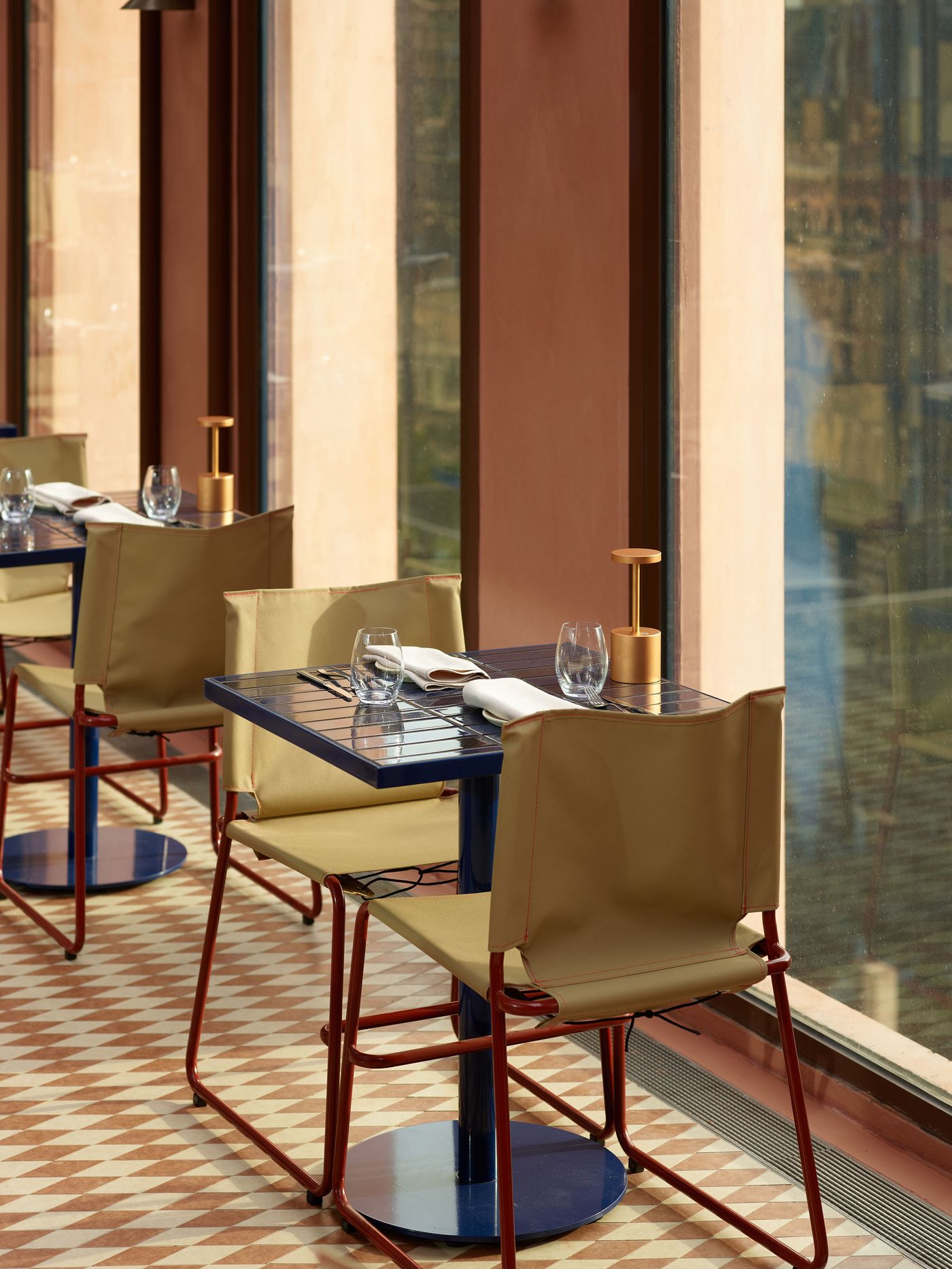
Mid Air. Photography by Kristoffer Paulsen.
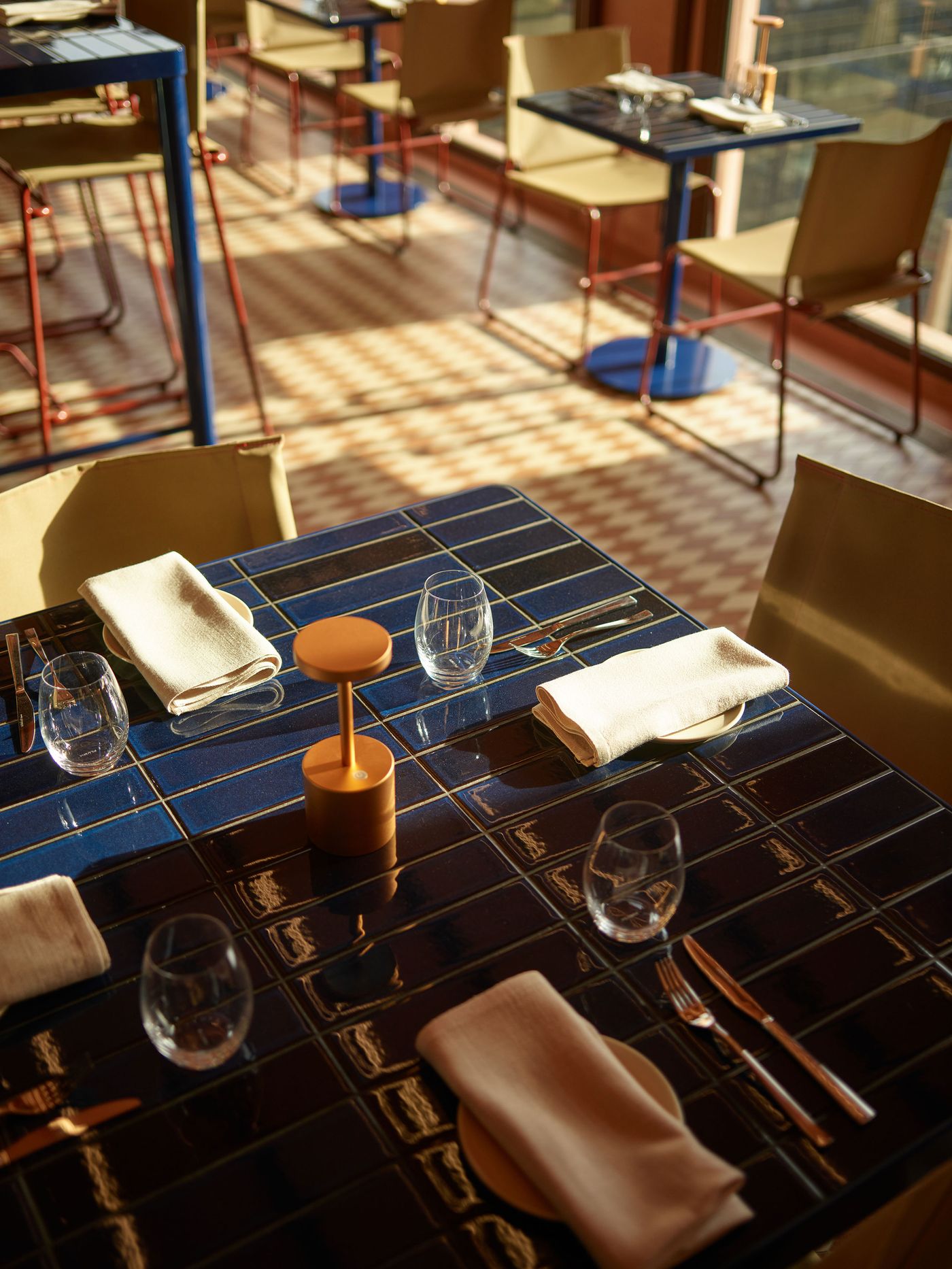
Mid Air. Photography by Kristoffer Paulsen.
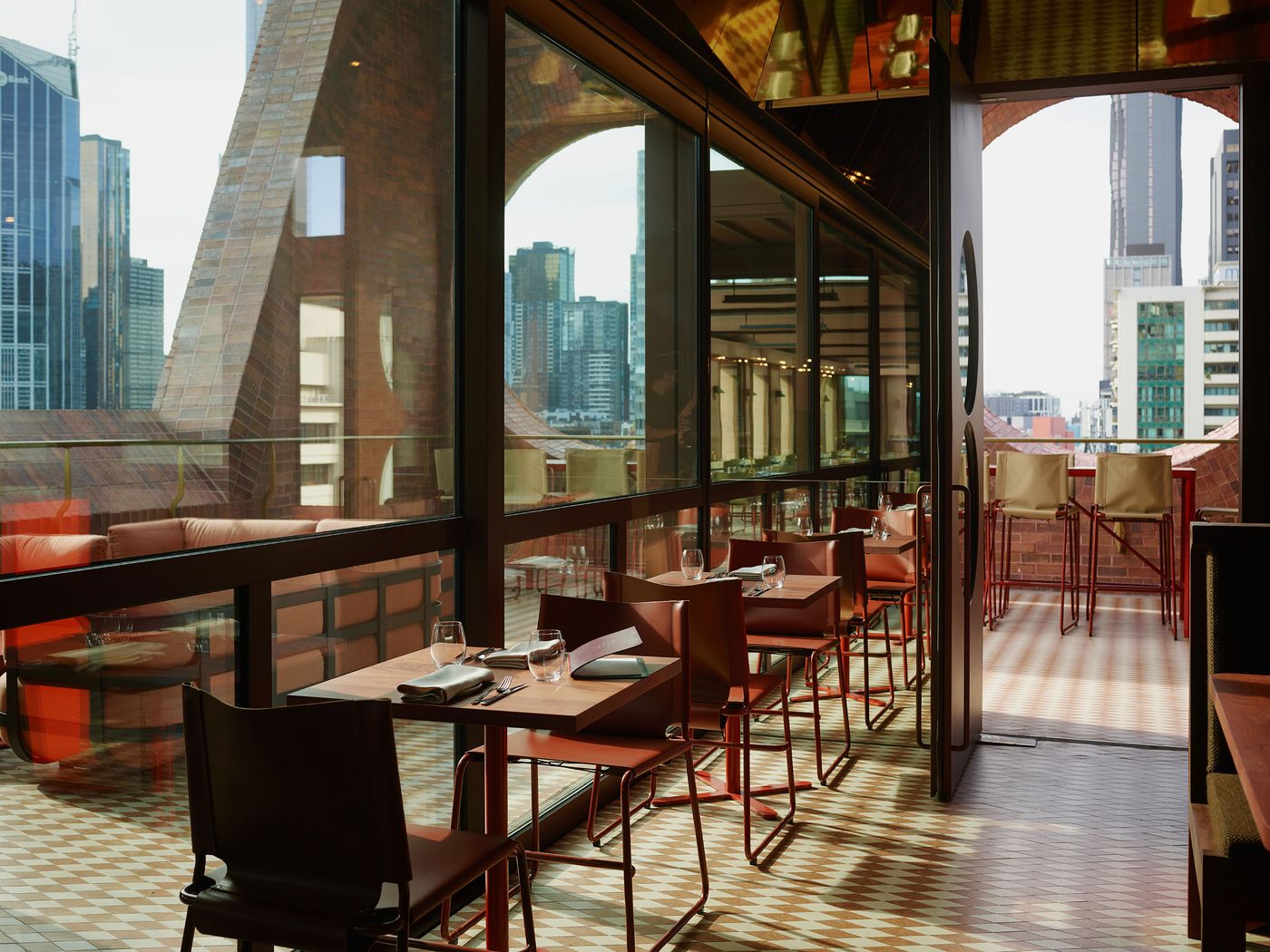
Mid Air. Photography by Kristoffer Paulsen.
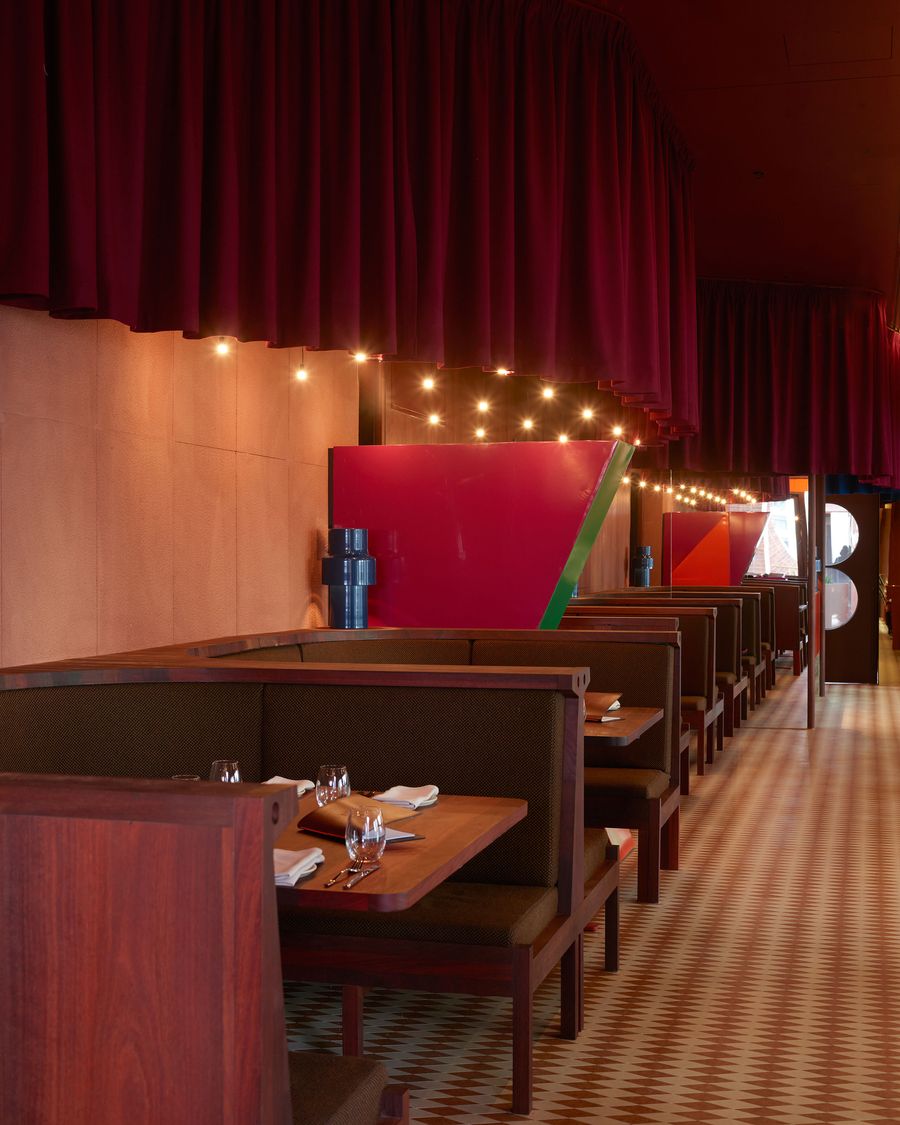
Mid Air. Photography by Kristoffer Paulsen.

Mid Air. Photography by Kristoffer Paulsen.
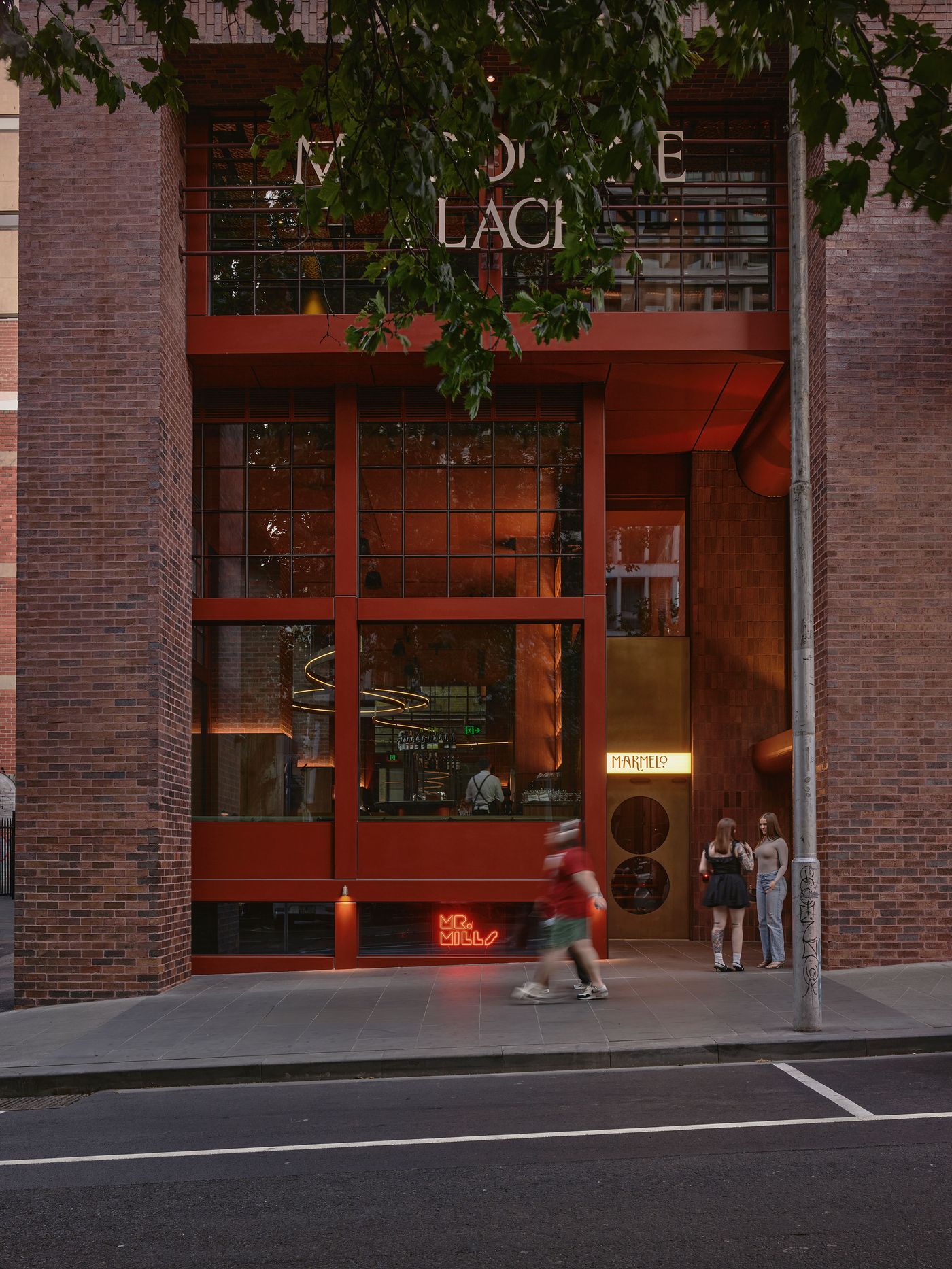
Exterior. Photography by Derek Swalwell.
Downstairs, Marmelo restaurant and Mr Mills bar occupy the ground and basement levels respectively, each with a distinct mood but similar design. Hardwood floors, timber wall cladding and brushed metal details establish an understated urban vibe in both venues, while banquette seating upholstered in rich tapestry fabrics adds opulence and intimacy. Textural clay and hand-painted tiles reminiscent of the streets of Lisbon provide a decorative punctuation that echoes the Iberian influences of the menus.
Bathed in daylight through floor-to-ceiling windows, Marmelo’s double-height dining room is understated yet dramatic featuring a gleaming, glass-fronted wine cellar, a serpentine light installation suspended overhead and a custom charcoal grill and wood oven. In contrast, Mr Mills exudes late-night allure with low lighting, edgy artwork, and intimate booths setting the tone. Connecting the two venues, a sweeping yellow-green staircase encapsulates the hotel’s layered tactile, theatrical personality.

Marmelo. Photography by Anson Smart.
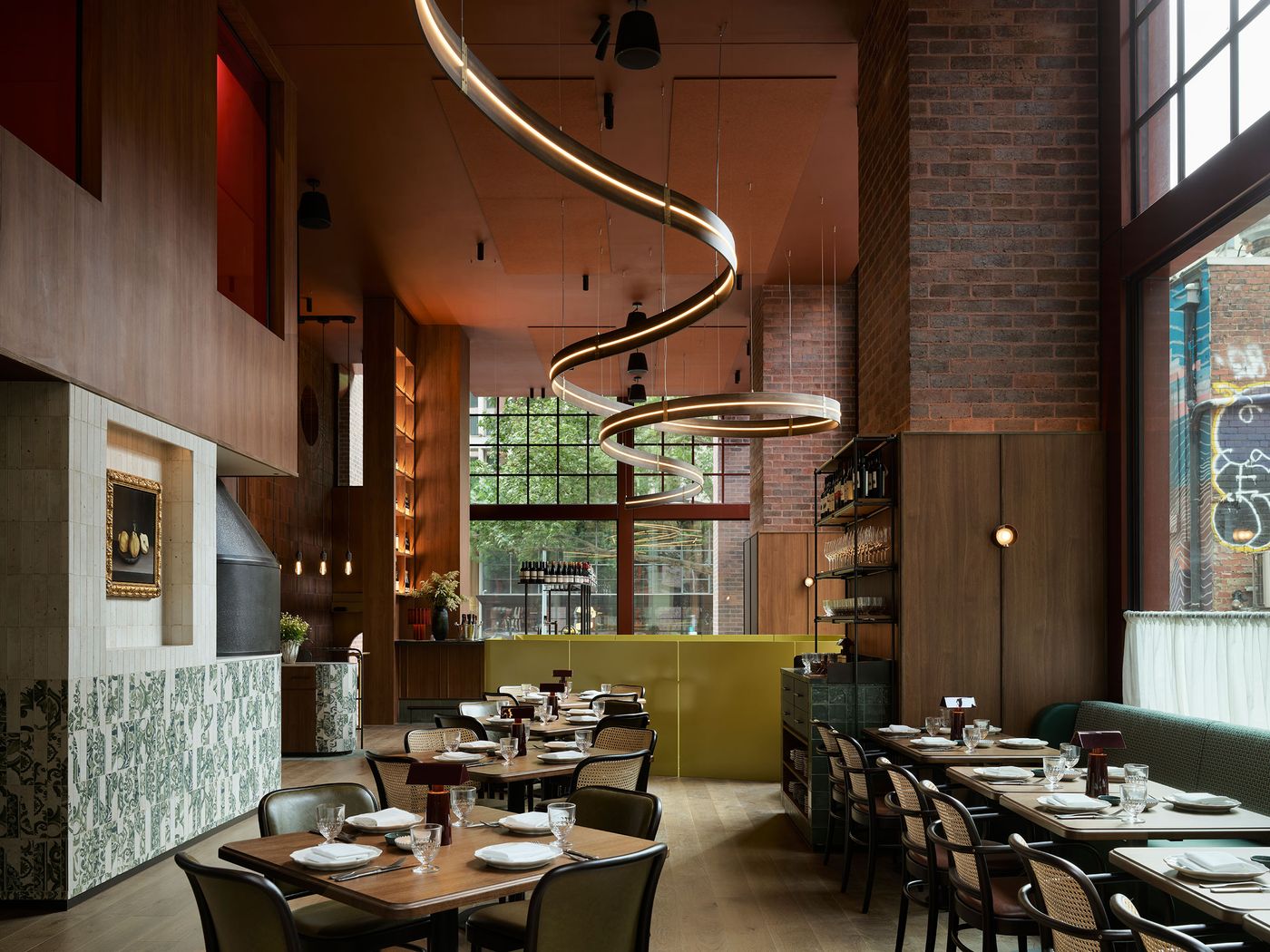
Marmelo. Photography by Anson Smart.
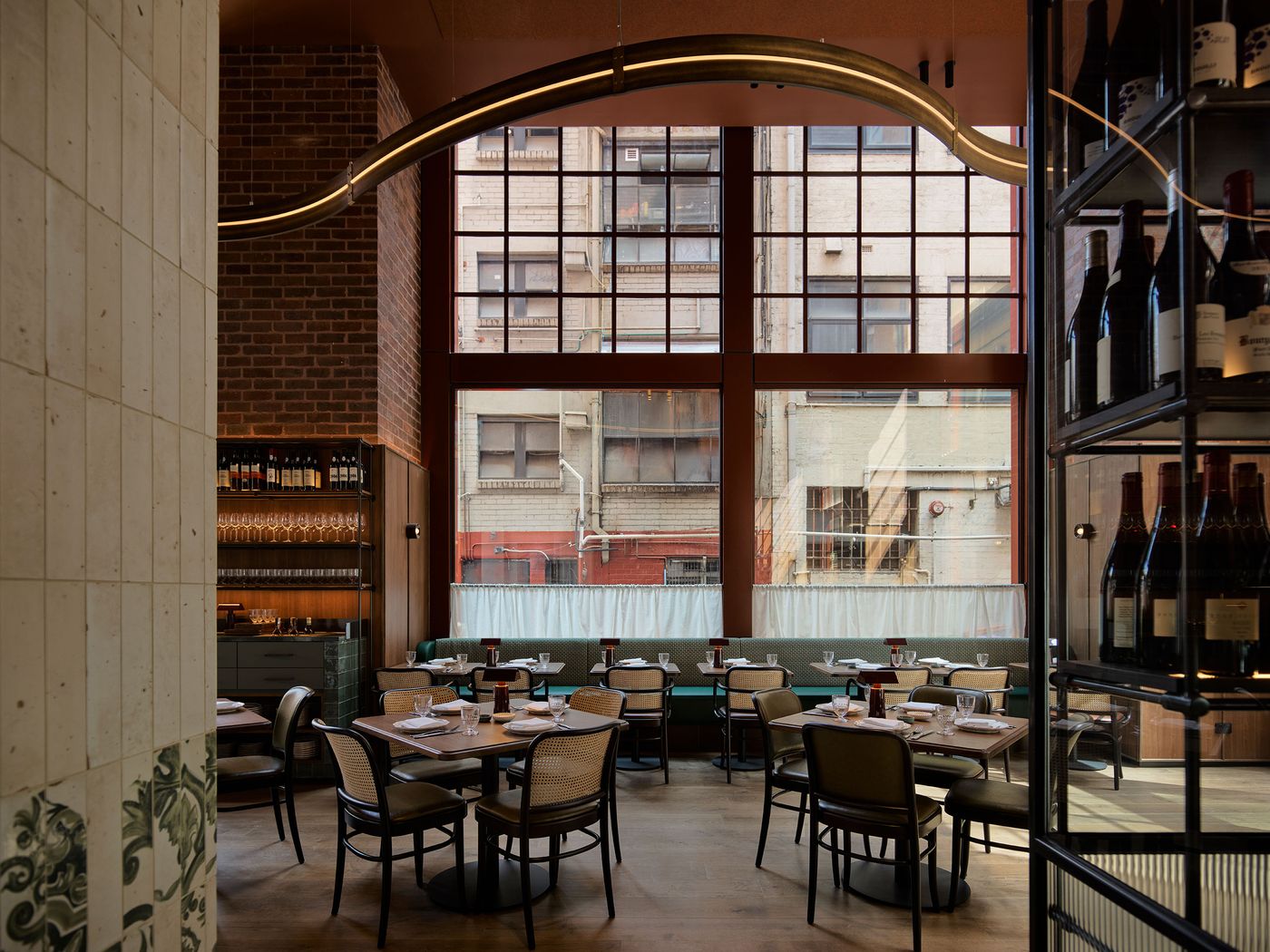
Marmelo. Photography by Anson Smart.
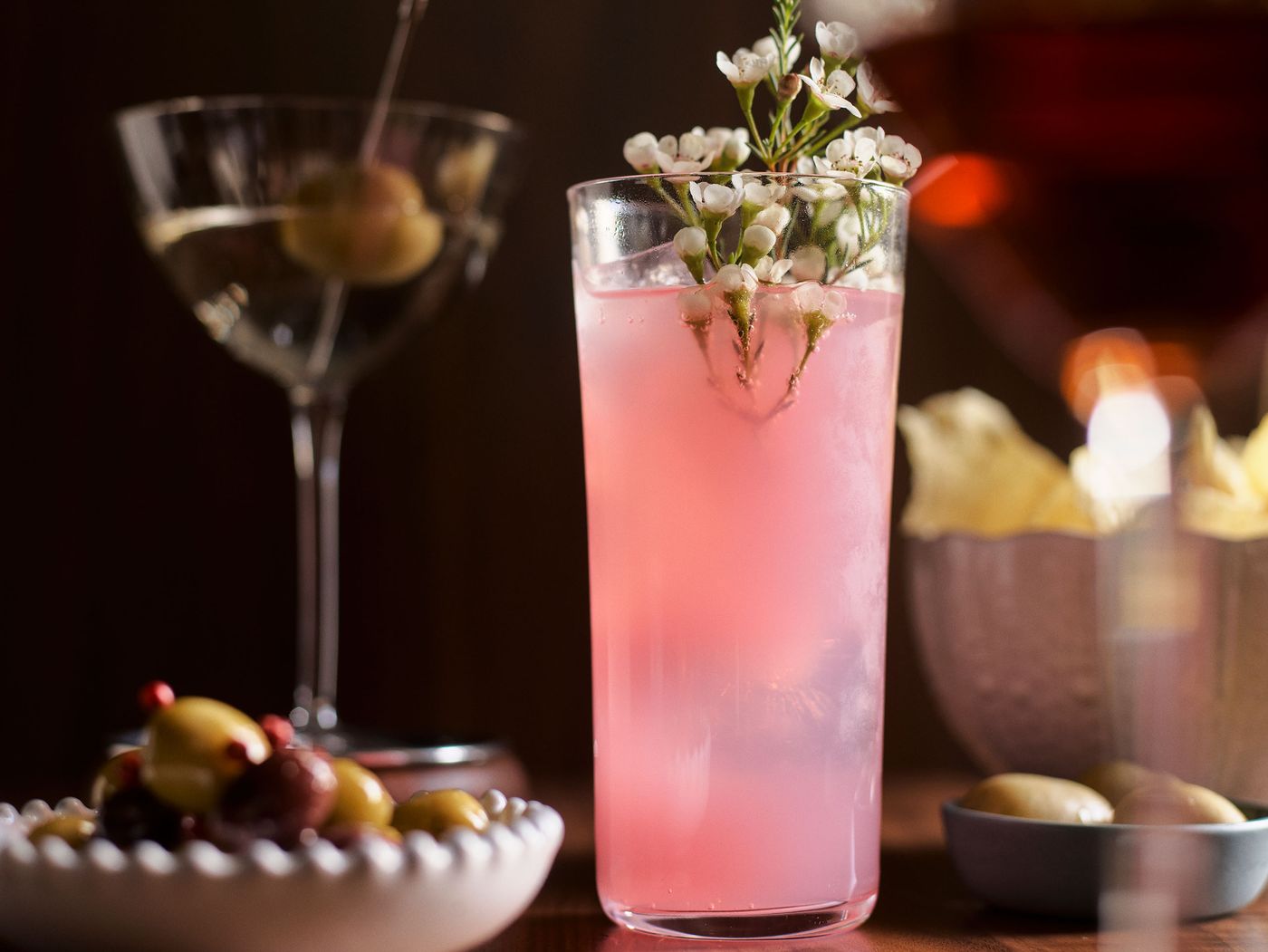
Marmelo. Photography by Anson Smart.
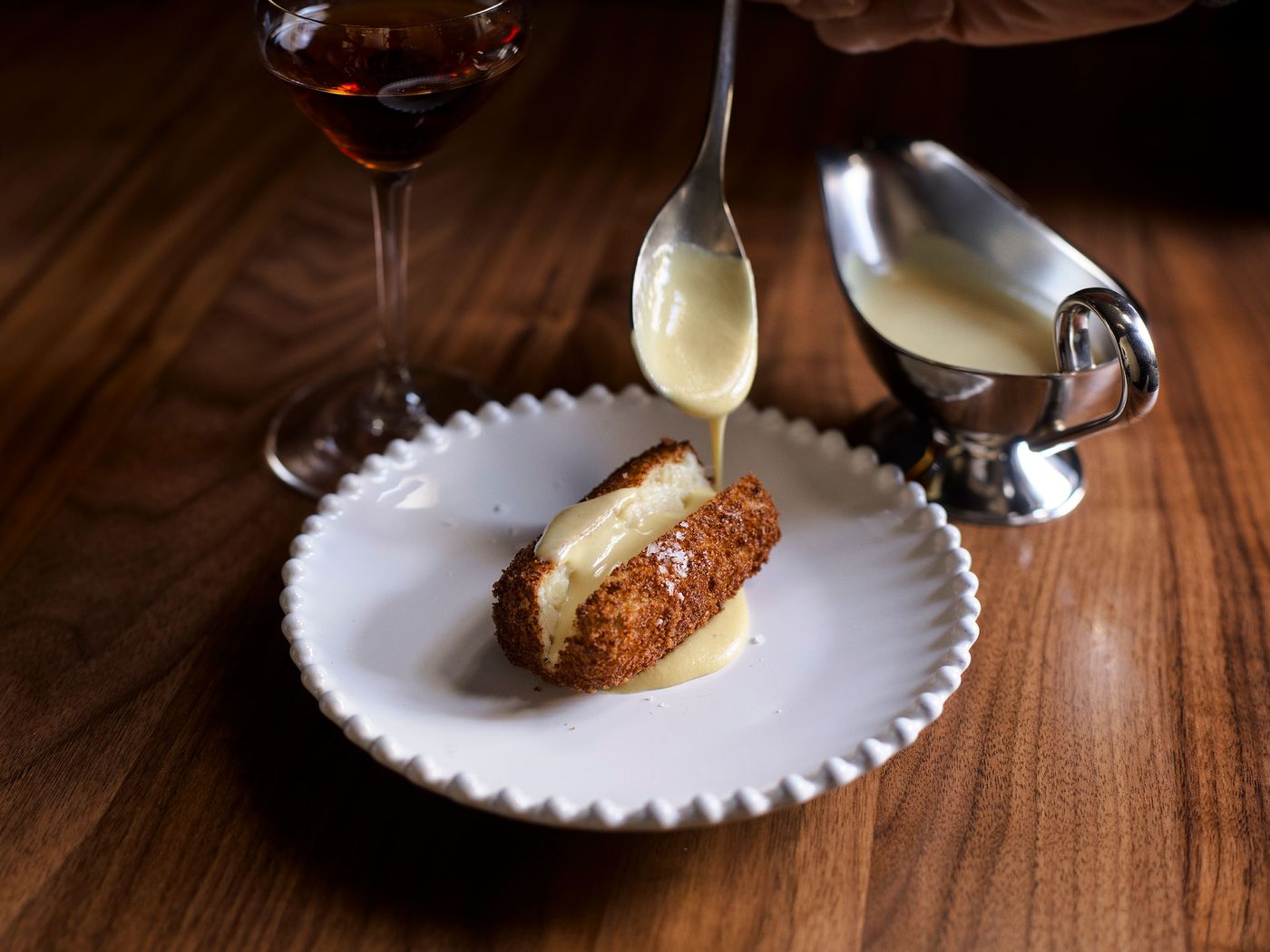
Marmelo. Photography by Anson Smart.
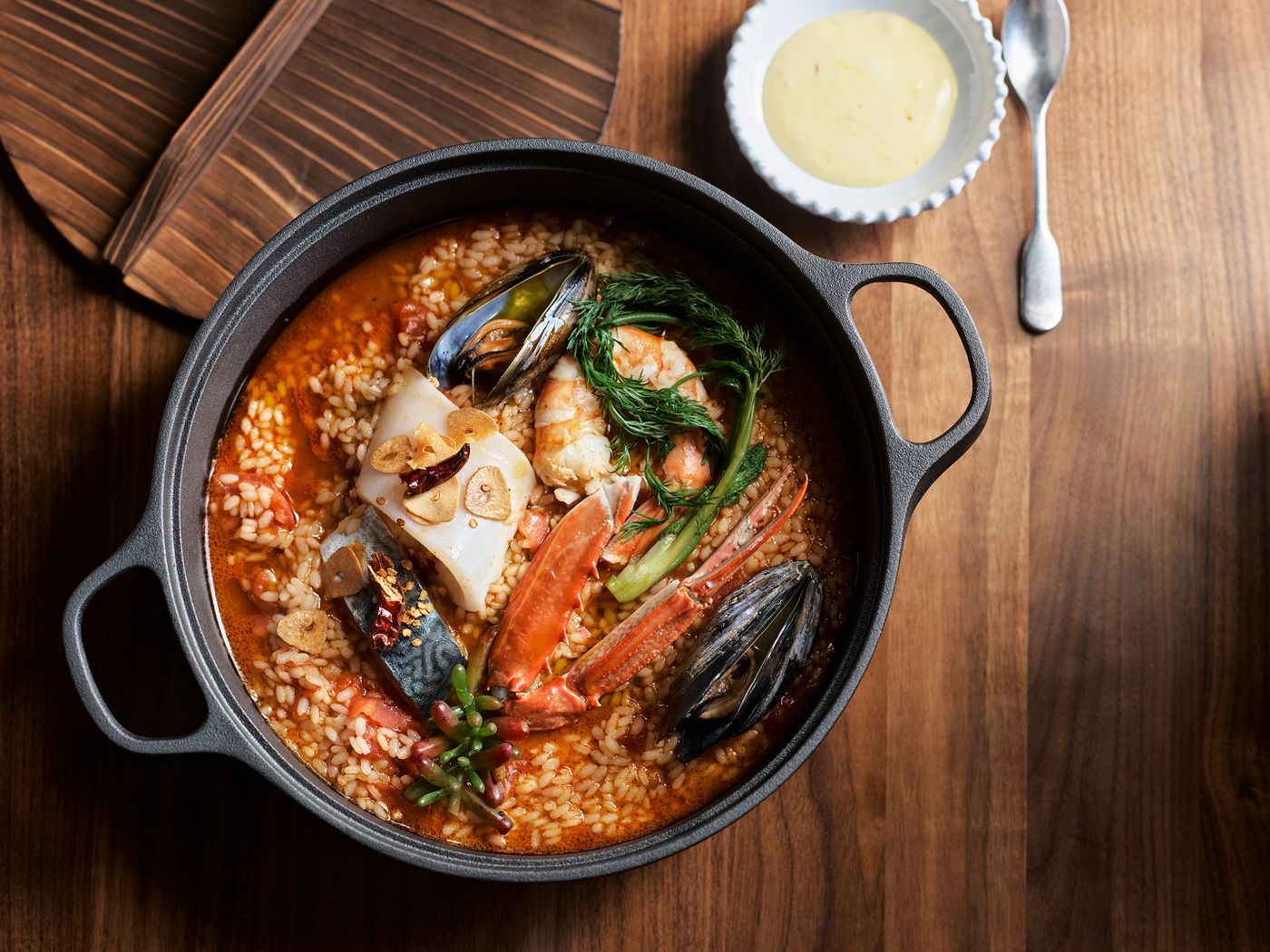
Marmelo. Photography by Anson Smart.
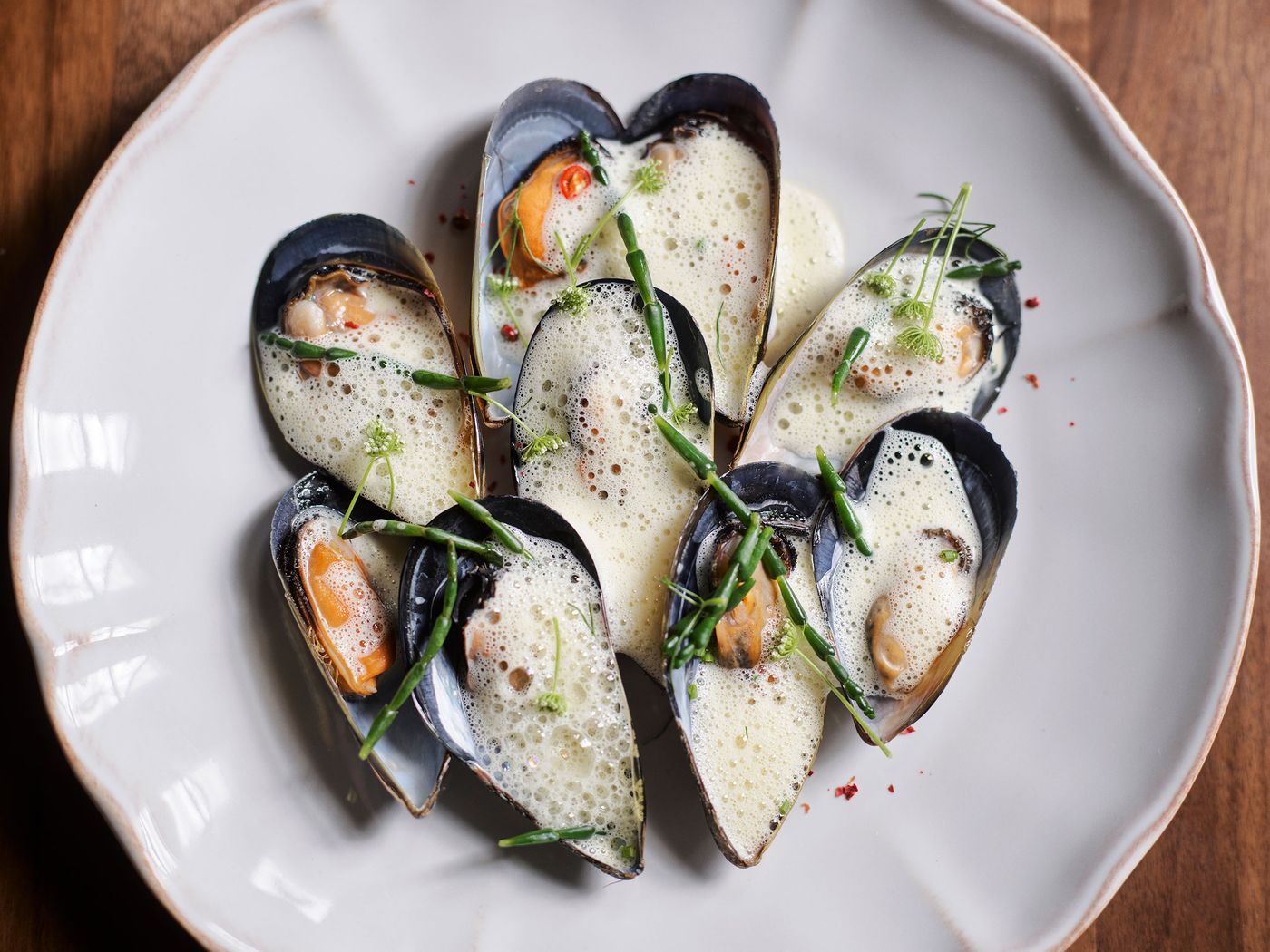
Marmelo. Photography by Anson Smart.
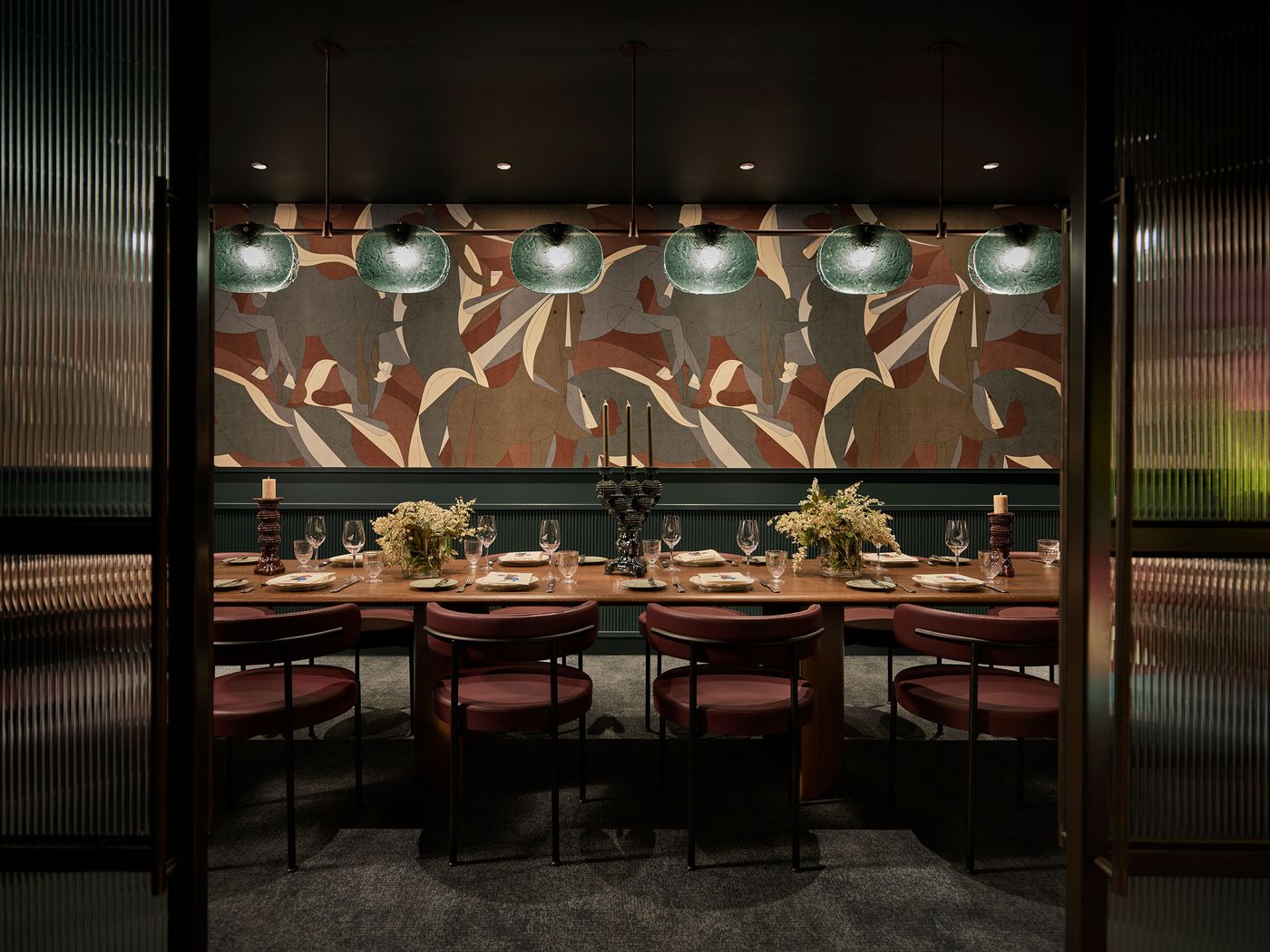
Marmelo. Photography by Anson Smart.
From its architecture and furnishings to its menus and mood lighting, Melbourne Place offers a rare, tightly woven narrative in hospitality—one written in the local dialect of design. Independent not just in name, but in spirit and execution, it delivers a hotel experience that feels distinctly interwoven with the city. And that, in Melbourne, is something truly worth celebrating.
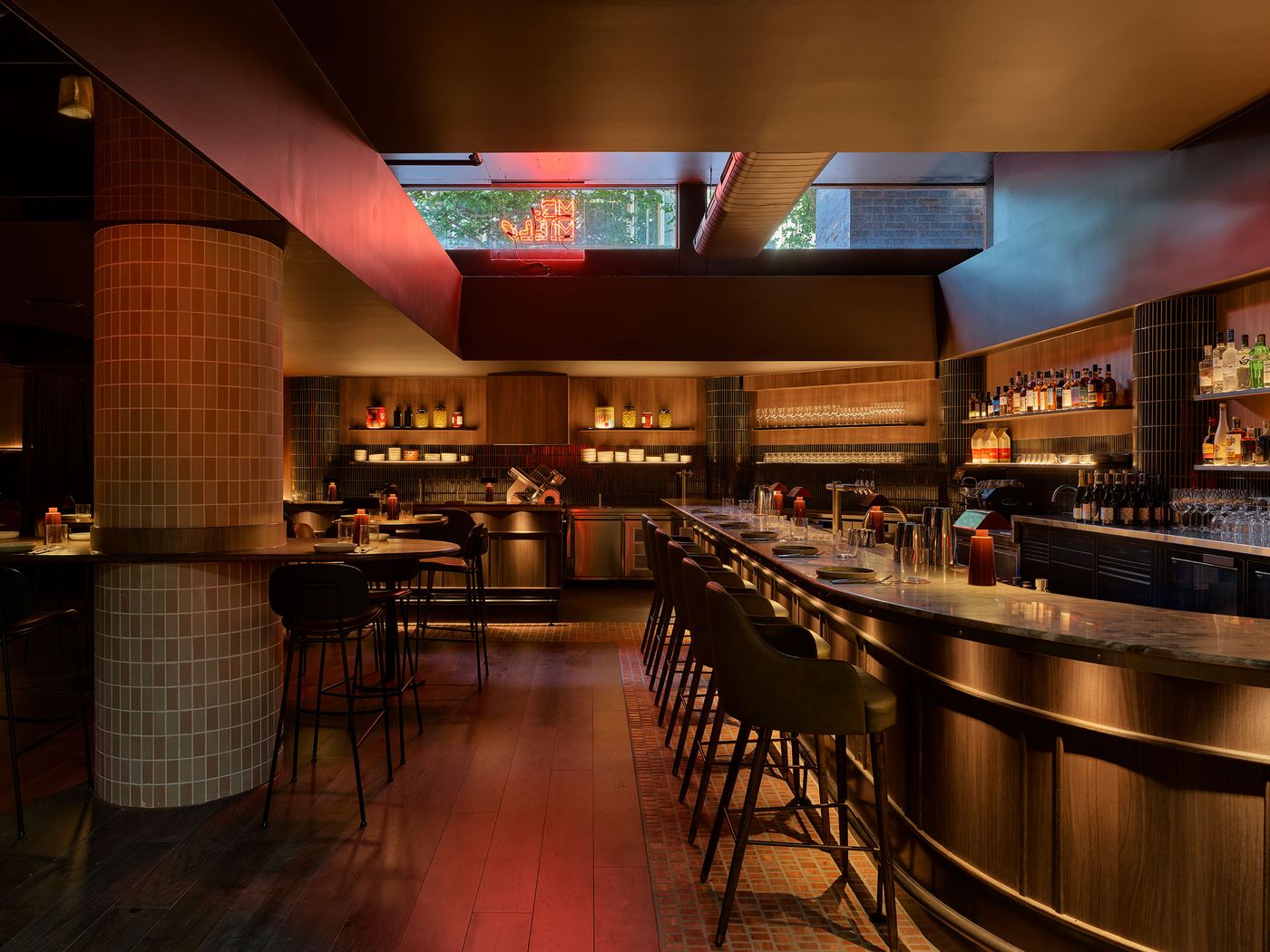
Mr Mills. Photography by Anson Smart.

Mr Mills. Photography by Anson Smart.

Mr Mills. Photography by Anson Smart.
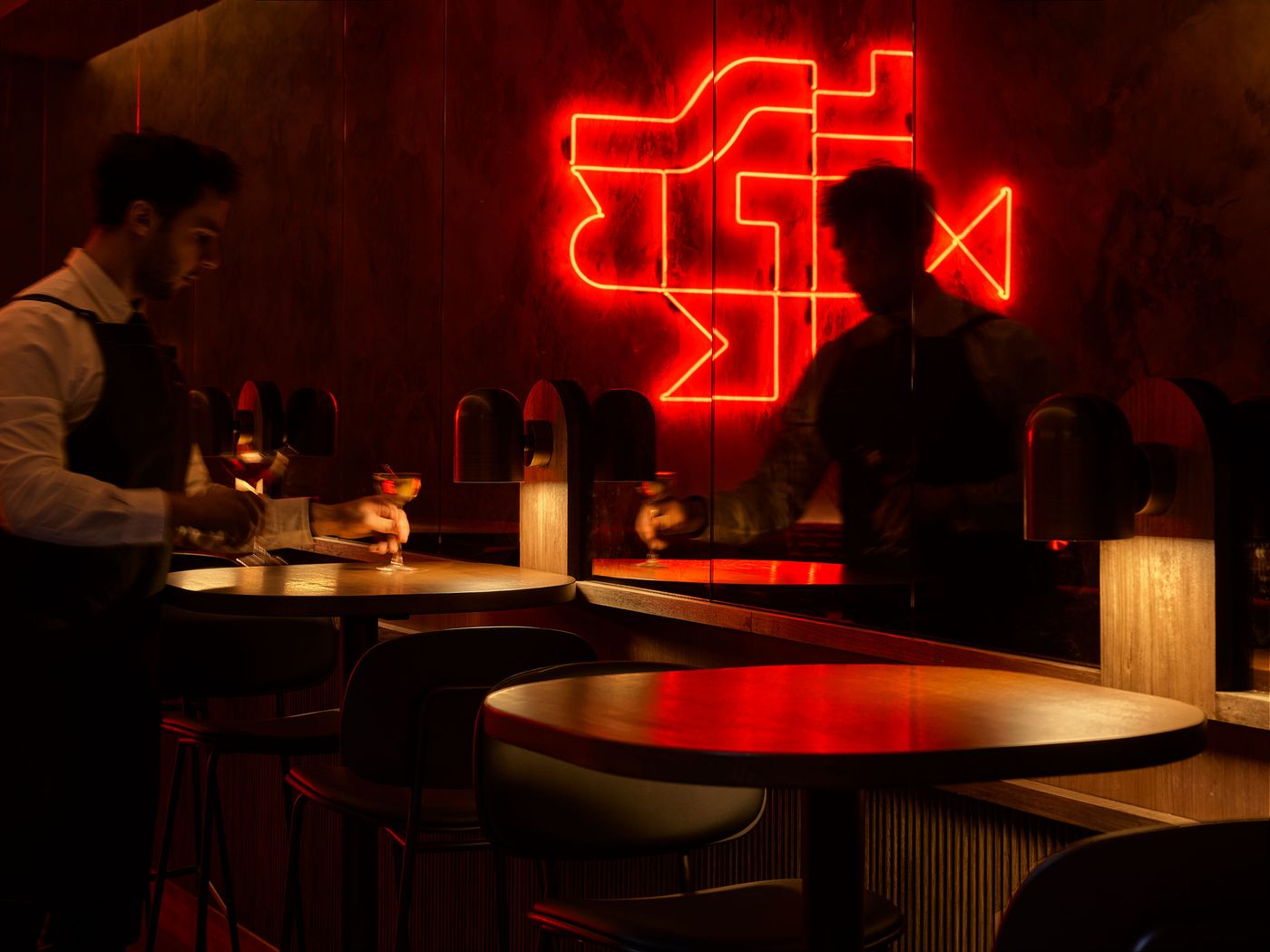
Mr Mills. Photography by Anson Smart.
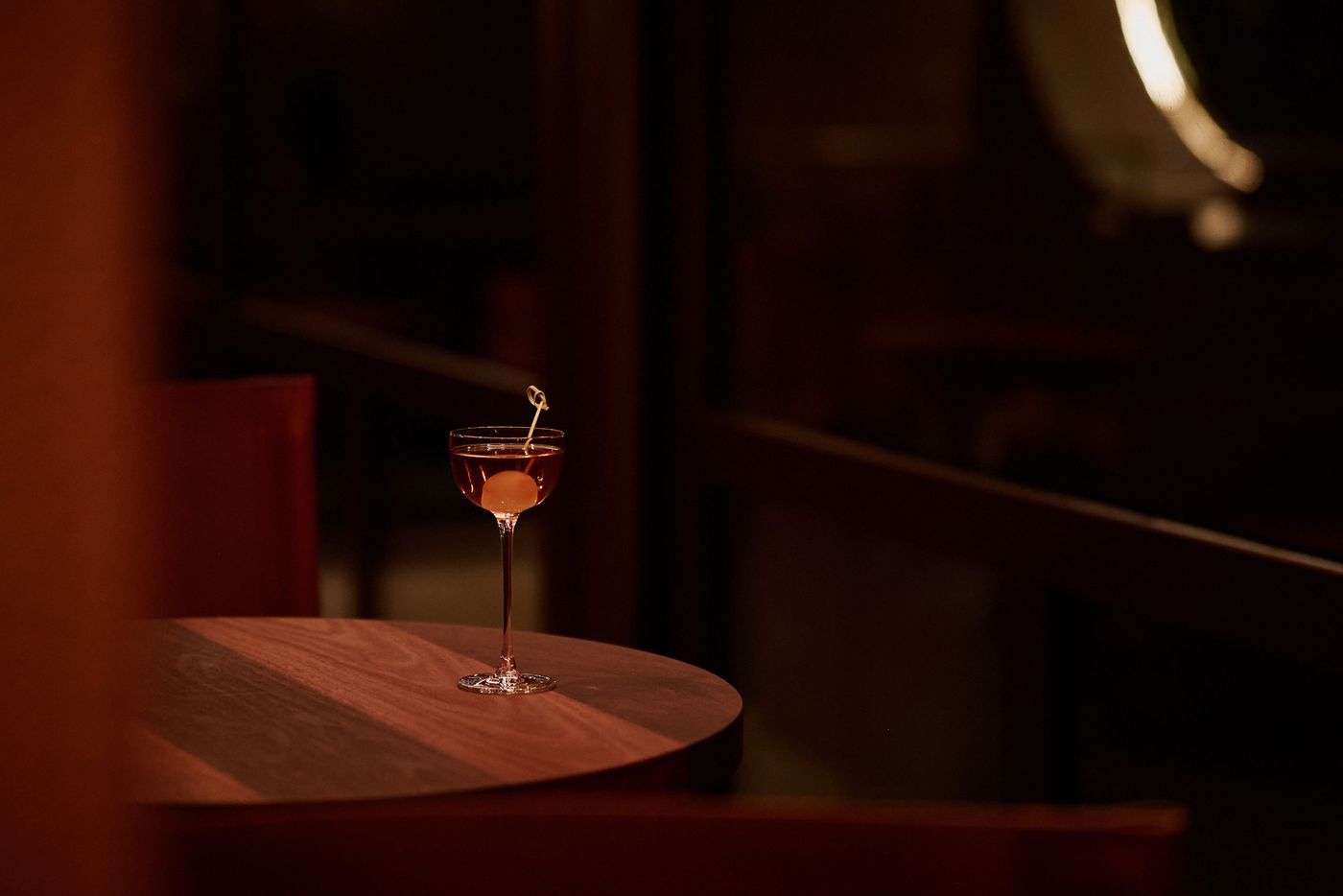
Mid Air. Photography by Kristoffer Paulsen.
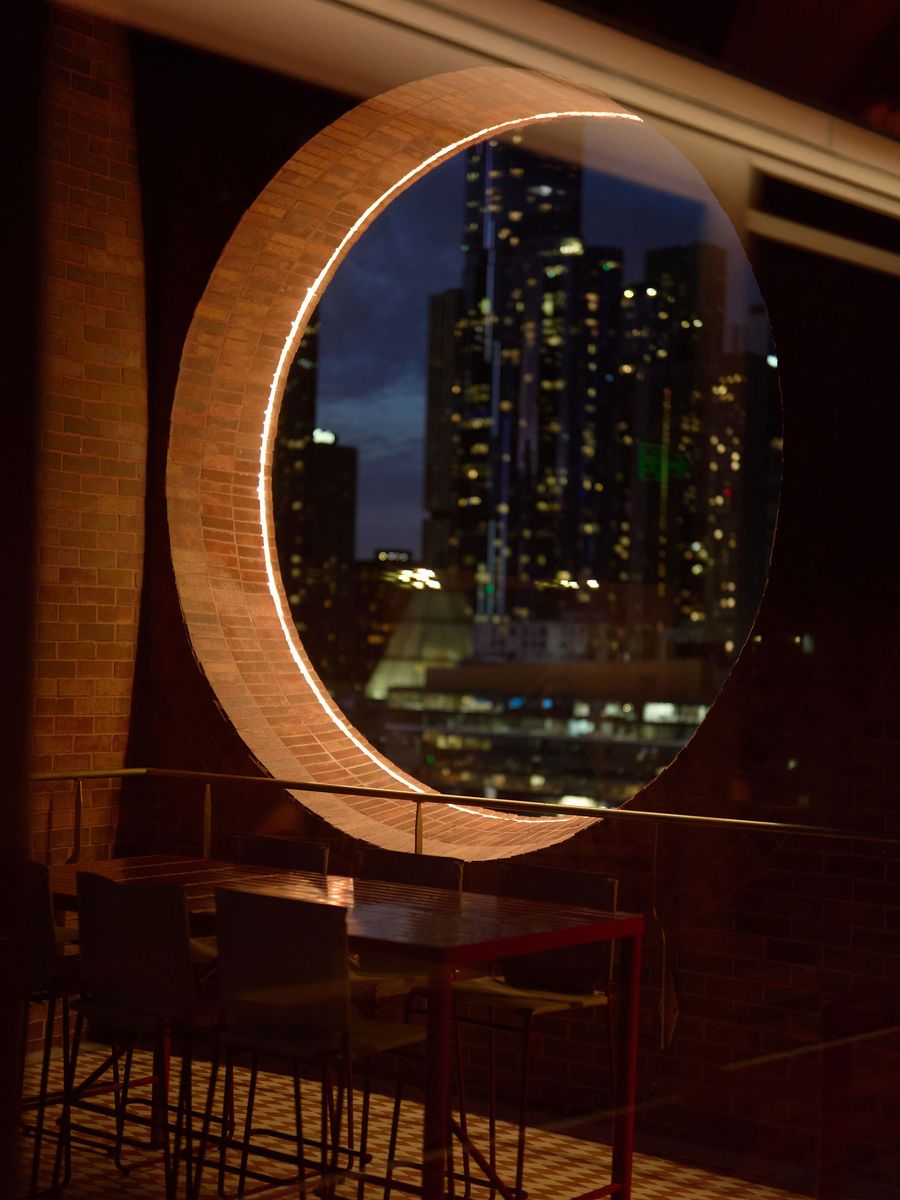
Mid Air. Photography by Kristoffer Paulsen.

Mid Air. Photography by Kristoffer Paulsen.
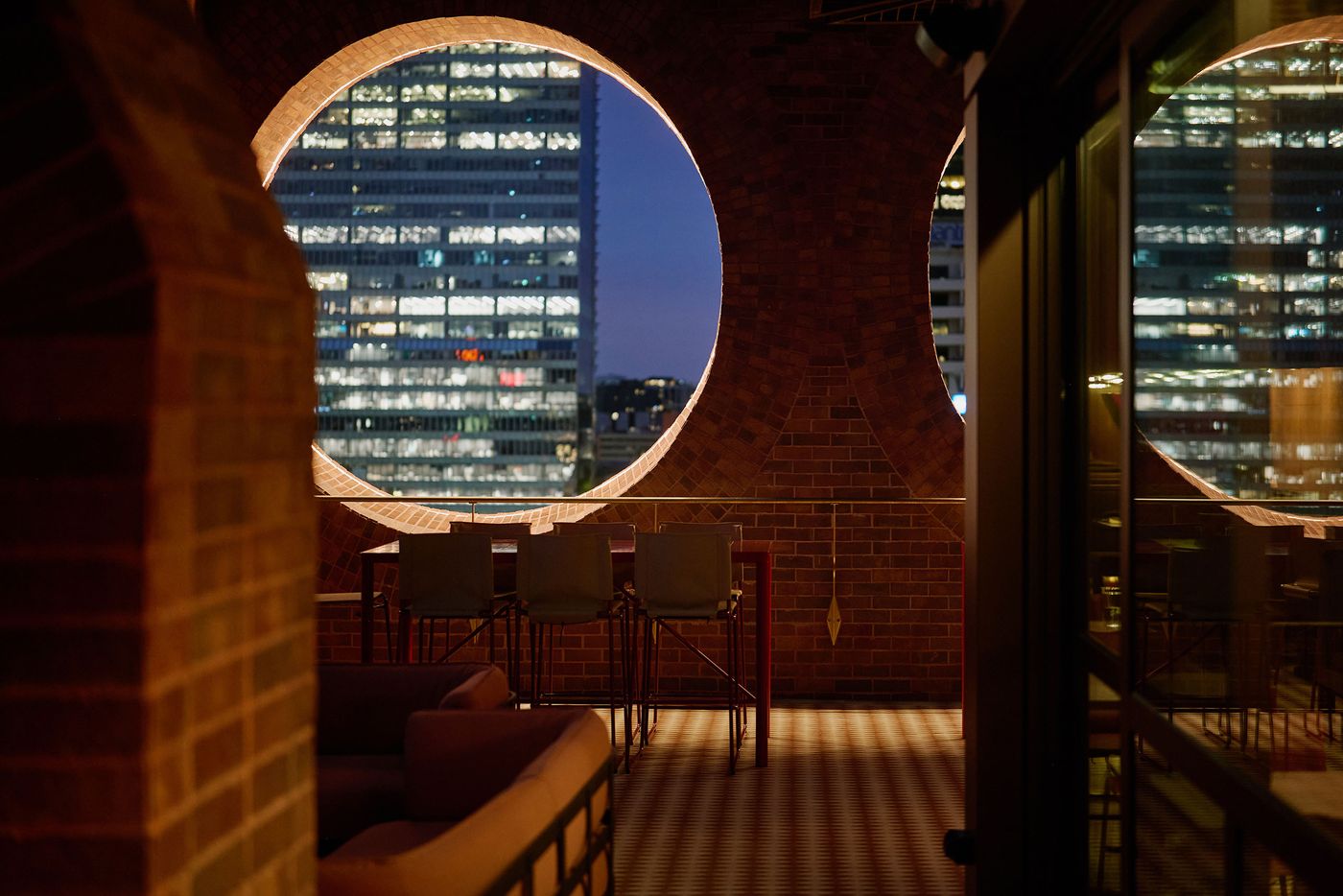
Mid Air. Photography by Kristoffer Paulsen.
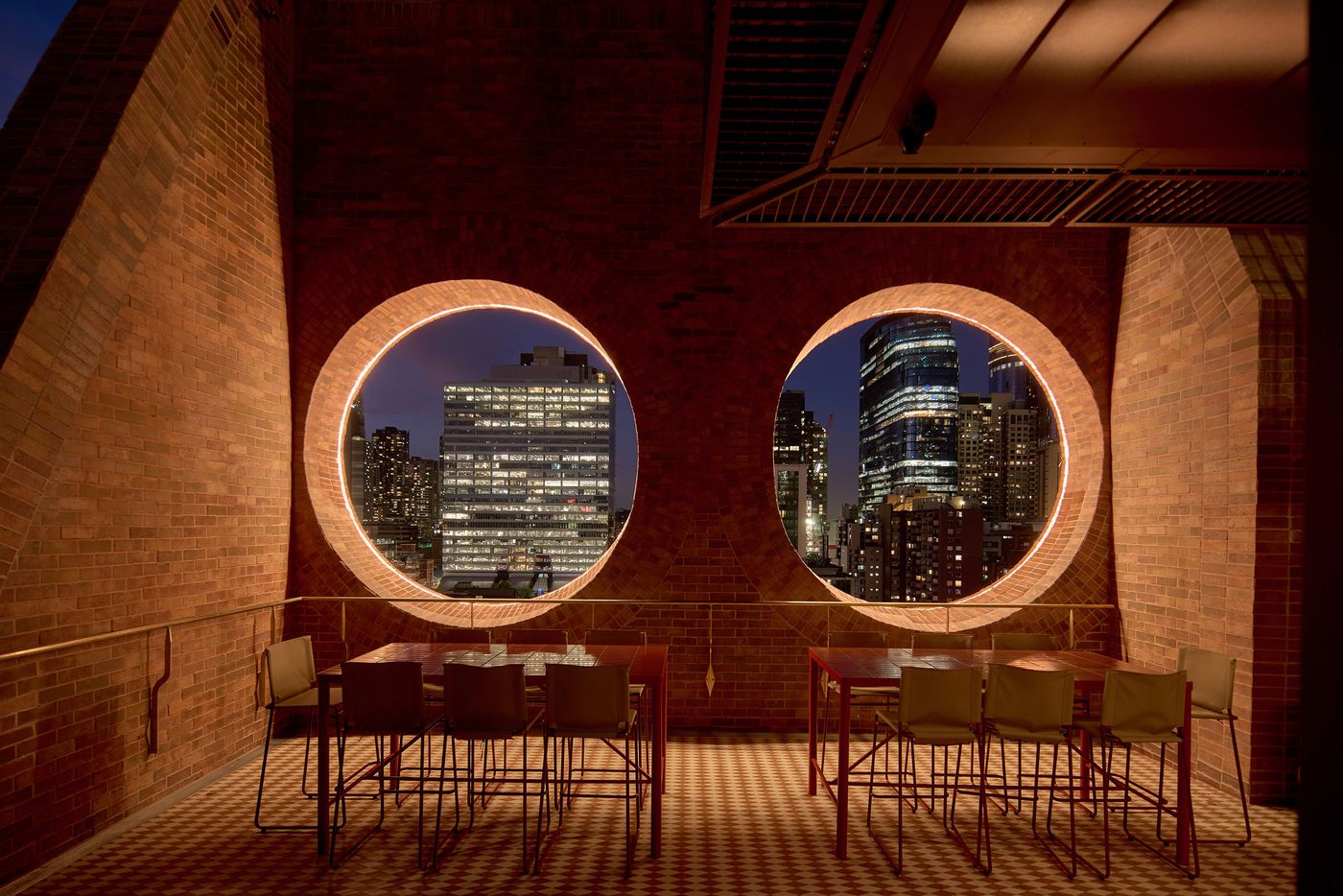
Mid Air. Photography by Kristoffer Paulsen.
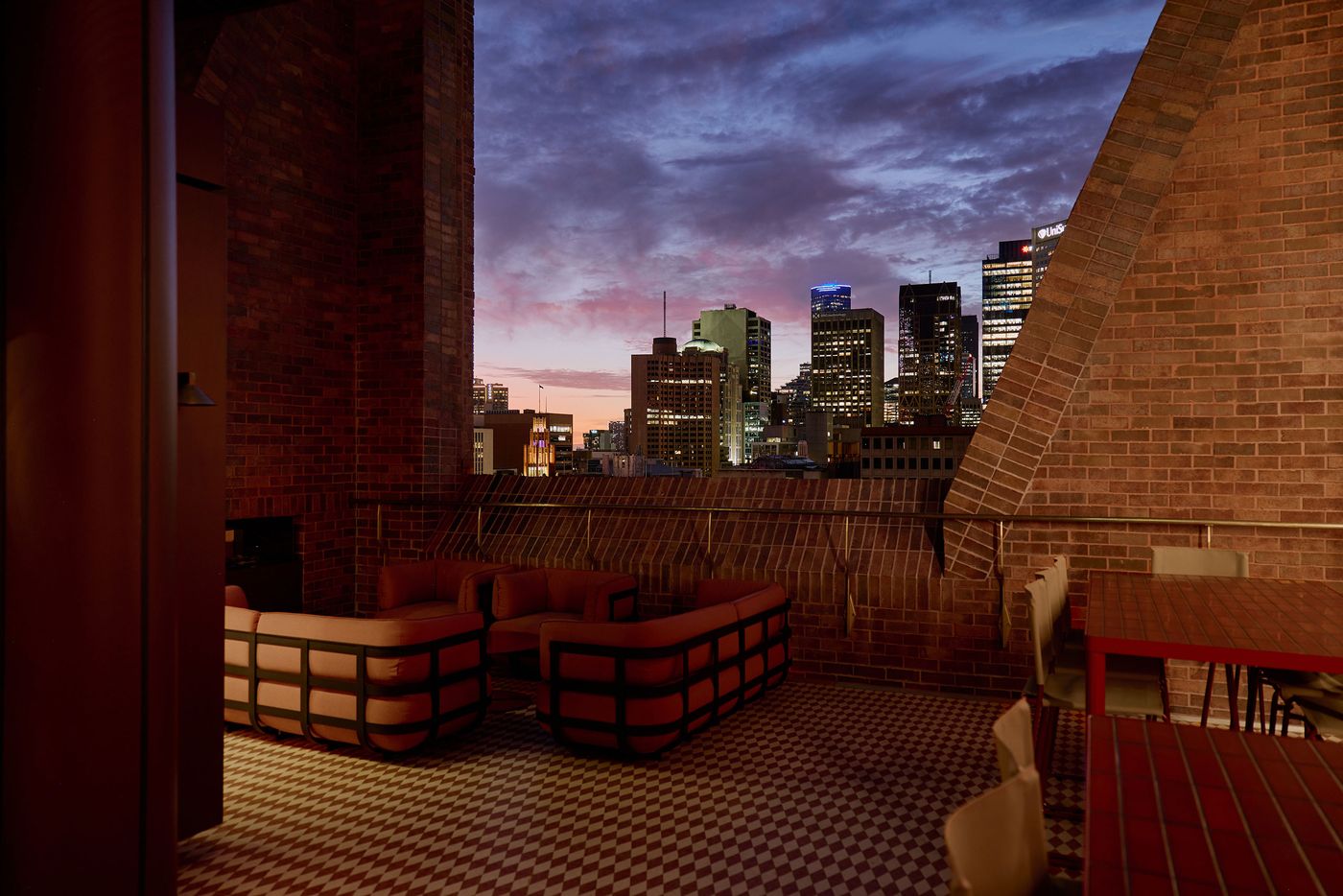
Mid Air. Photography by Kristoffer Paulsen.
